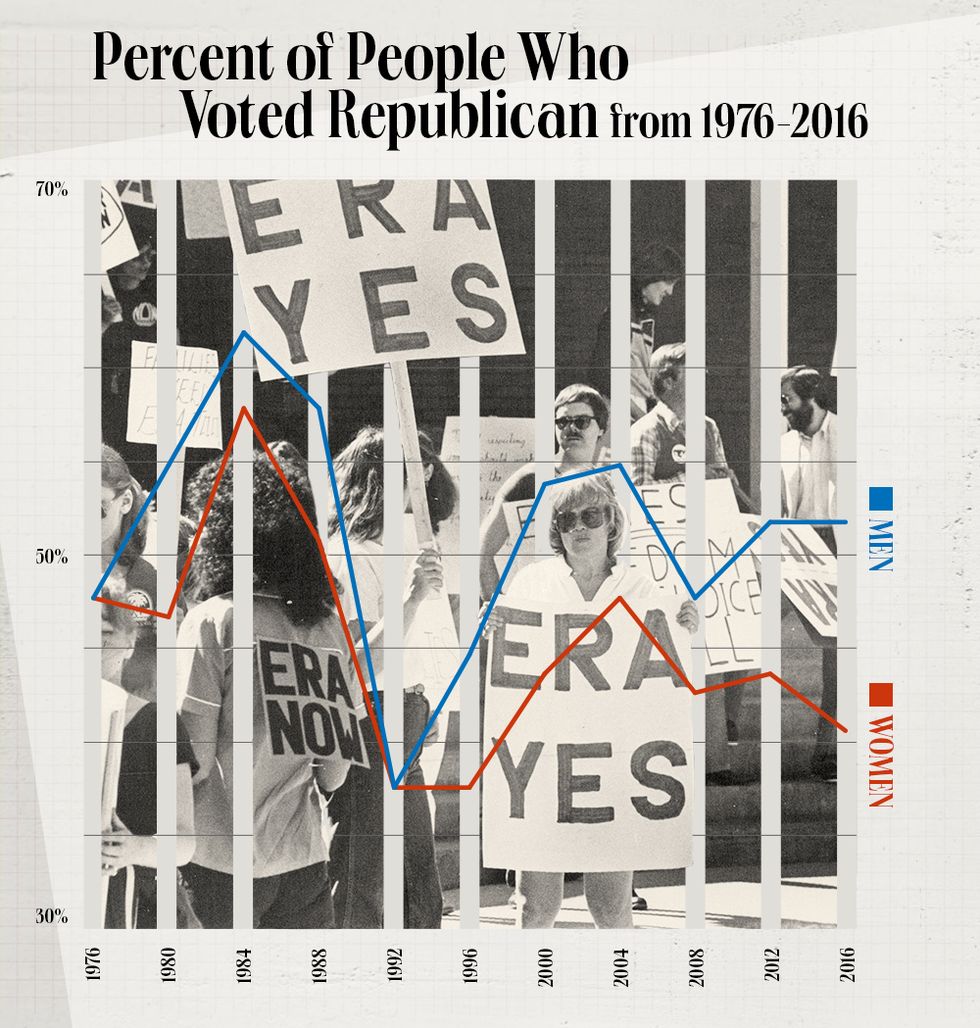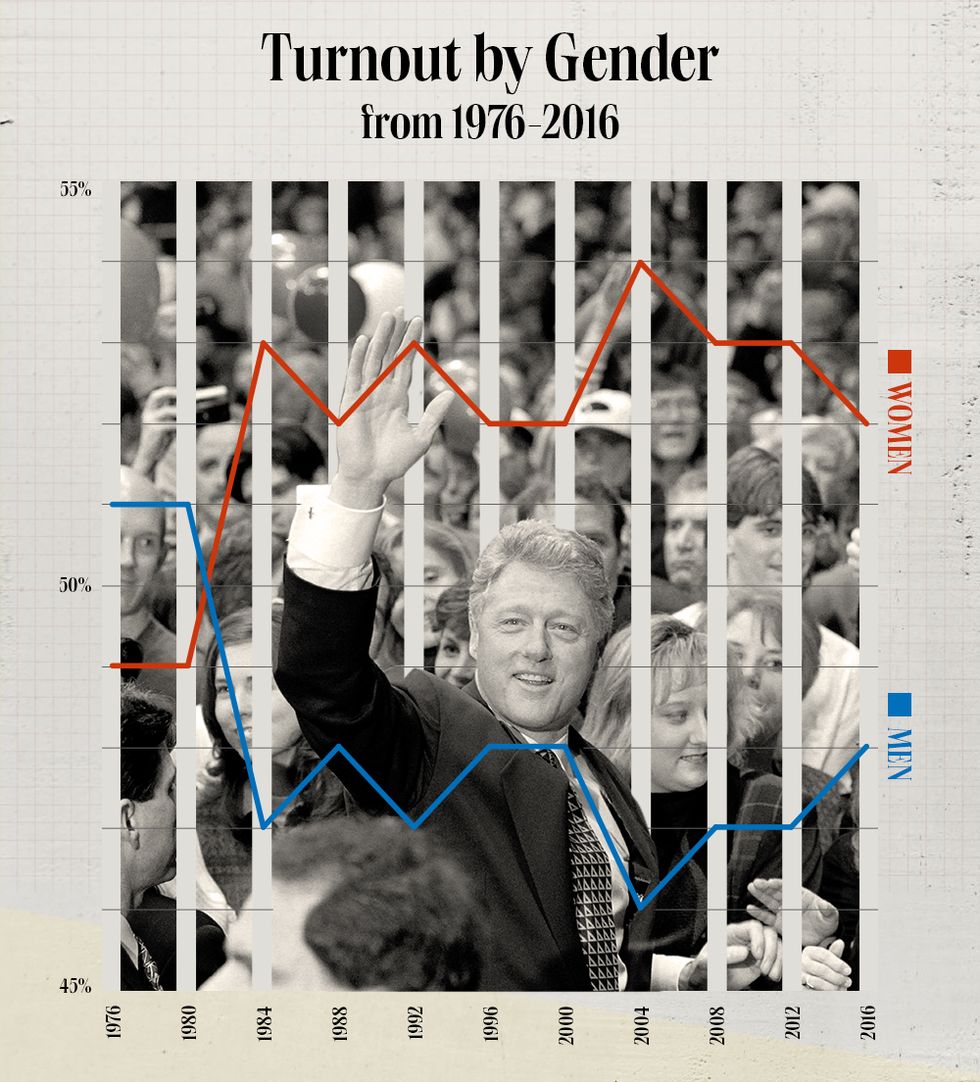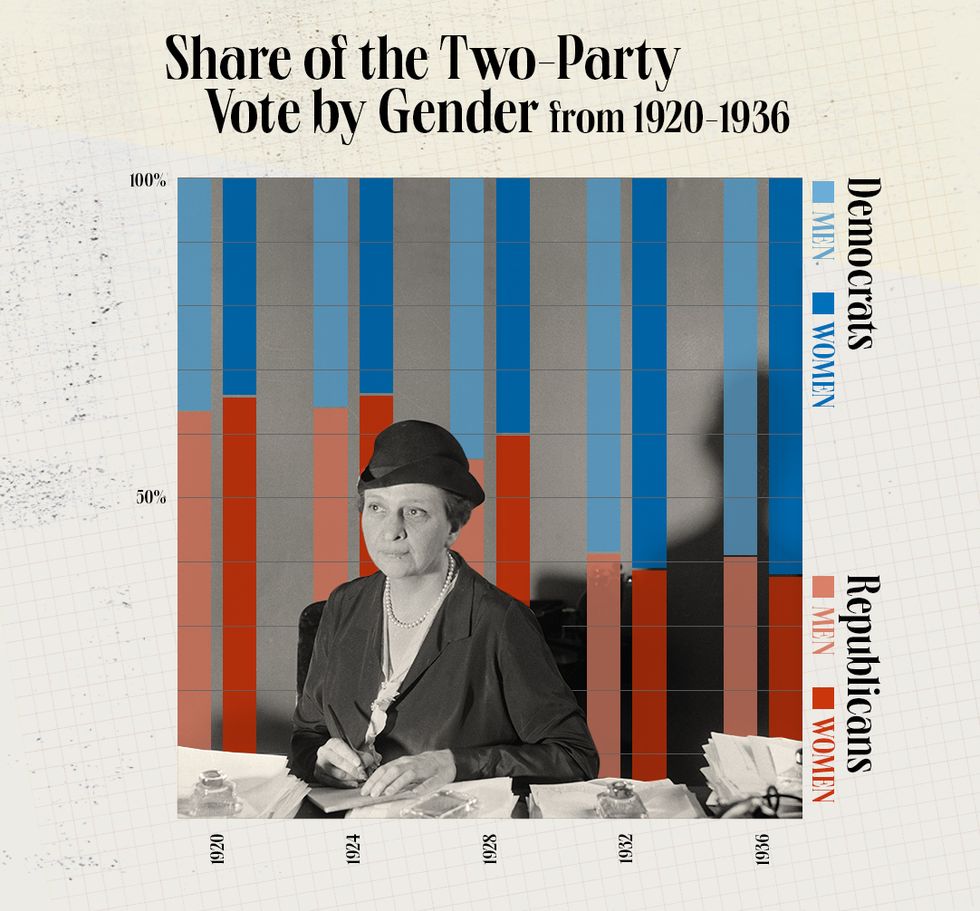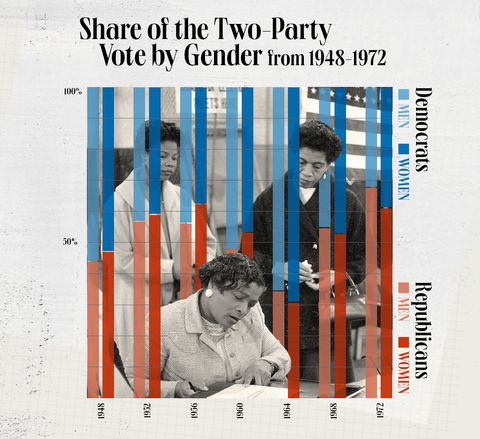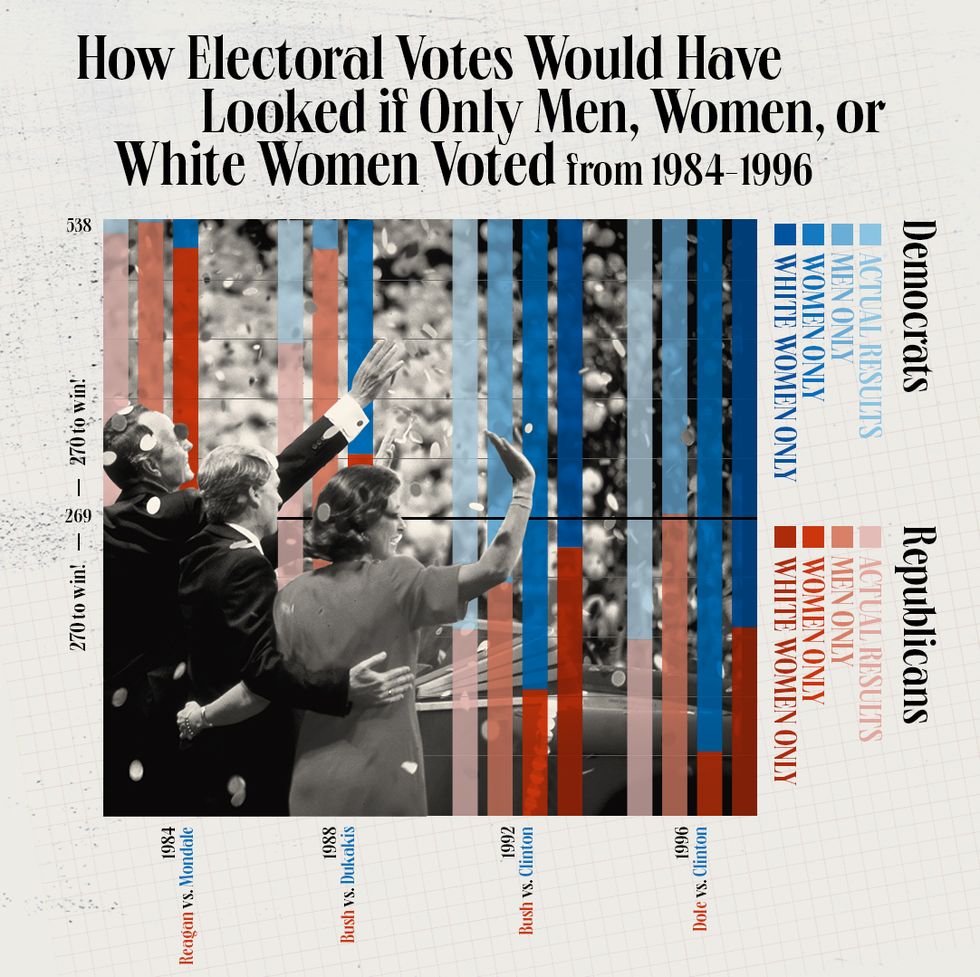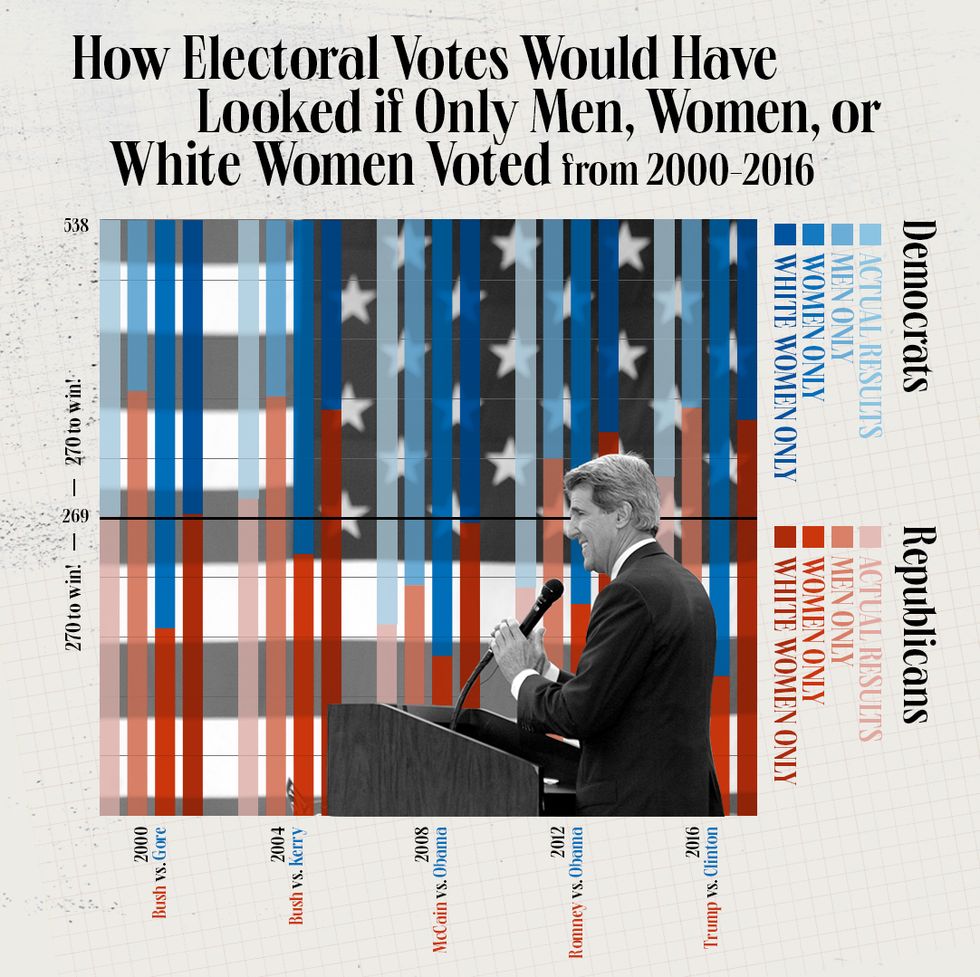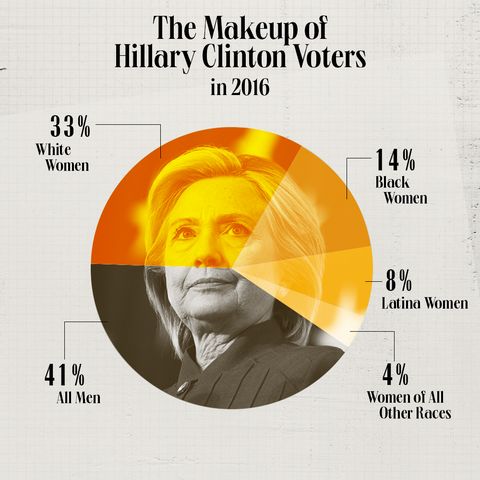Lebanese Artist Creates Powerful Sculpture From the Ashes of Beirut Port Explosion [Interview]
Though several of her sculptures, all made with upcycled materials, were destroyed by pro-government activists, Nazer was not deterred. In fact, her desire to create art that speaks to the masses only grew and has culminated with this untitled sculpture of a woman proudly standing at the port. Though the sculpture has now been moved for fear that it will be destroyed, Nazer is hopeful that with proper funding she’ll be able to create a larger, permanent memorial, to all those who were lost or injured in the explosion.
We had a chance to chat with the Lebanese artist about what motivated her to create this revolutionary art and the symbolism behind this powerful sculpture. Read on for My Modern Met’s exclusive interview.
 What drove you to begin creating these sculptures?I used to work with the United Nations, then I quit my job to be an artist because I felt the need—it was not the want, but the need—to paint and to do art. So I quit my job around 2016 or 2017. I started painting, and I sold a few paintings in several countries. Then during the Revolution, I went to the streets on the first day, and we did all that we could, but then I felt that I needed to express more, to do more. And the best way for me to express is through art.
What drove you to begin creating these sculptures?I used to work with the United Nations, then I quit my job to be an artist because I felt the need—it was not the want, but the need—to paint and to do art. So I quit my job around 2016 or 2017. I started painting, and I sold a few paintings in several countries. Then during the Revolution, I went to the streets on the first day, and we did all that we could, but then I felt that I needed to express more, to do more. And the best way for me to express is through art.
I saw some guys, some pro-government protesters, they came and they broke our tents—the protester’s tents—in Martyrs Square. And people had put the broken tents under the Fist of the Revolution. So I got the idea to create a phoenix out of the broken tents because I could not see broken things related to the Revolution. I did not want them to break us. And I wanted to fight back through art. And I hadn’t done any sculpture ever in my life before. I did not know how to do it, but I so wanted to do it.
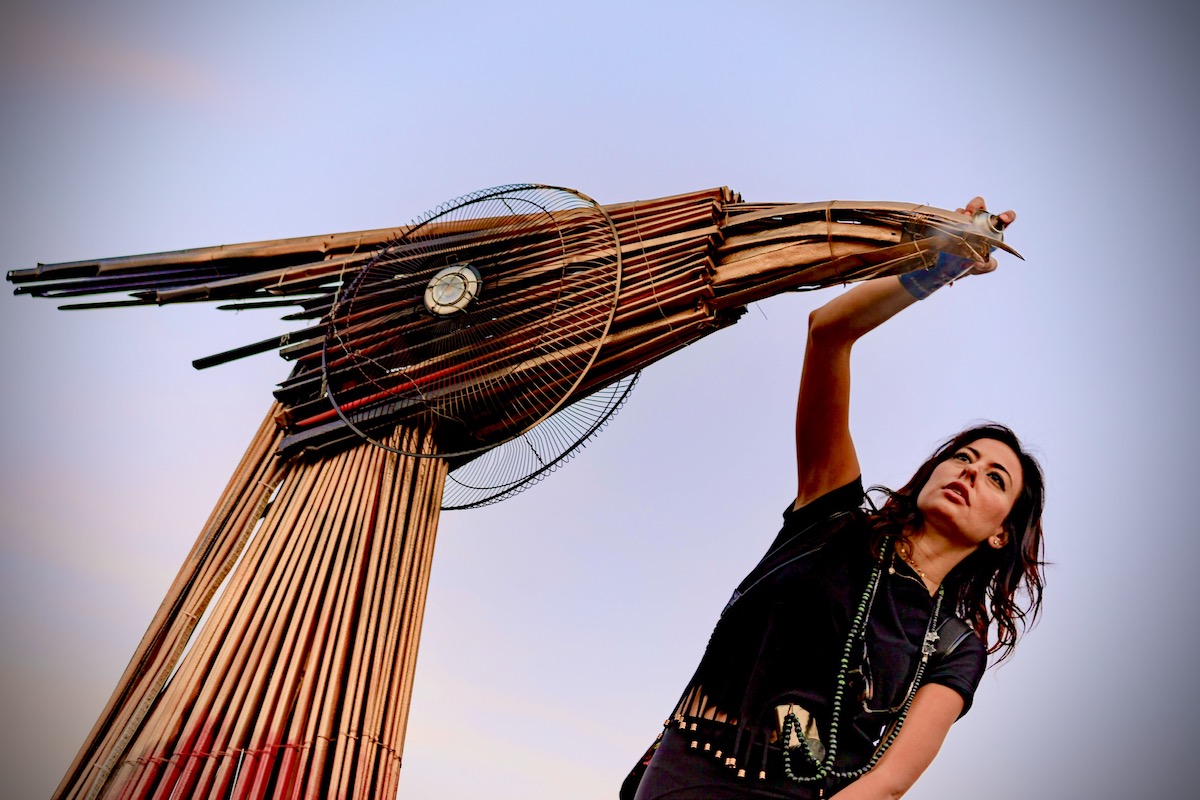 (continued) Then, on the Day of Independence, I woke up and I saw that some pro-government people came and burnt the Fist of the Revolution because they want to end our revolution. So I said to myself, today the phoenix should be born and it will rise and I went to the street and when I went to Martyrs Square and I started removing the metal. Then people—because it was Independence Day and it was a day off—who had come from all over Lebanon to participate in an event to protest started asking me, why are you removing the metal? What are you going to do? I told them that I wanted to build a phoenix out of it because a phoenix is a bird that every time they burn it, it will rise again from its own ashes. Then suddenly, people started helping me build the Phoenix—old, young, children, women, men from all over Lebanon. All religions, sects, all areas, hand in hand, they were helping me without knowing each other’s names.
(continued) Then, on the Day of Independence, I woke up and I saw that some pro-government people came and burnt the Fist of the Revolution because they want to end our revolution. So I said to myself, today the phoenix should be born and it will rise and I went to the street and when I went to Martyrs Square and I started removing the metal. Then people—because it was Independence Day and it was a day off—who had come from all over Lebanon to participate in an event to protest started asking me, why are you removing the metal? What are you going to do? I told them that I wanted to build a phoenix out of it because a phoenix is a bird that every time they burn it, it will rise again from its own ashes. Then suddenly, people started helping me build the Phoenix—old, young, children, women, men from all over Lebanon. All religions, sects, all areas, hand in hand, they were helping me without knowing each other’s names.
We built the Phoenix together and it became a huge symbol of the Revolution. It got a lot of attention and media coverage and everyone was taking pictures next to it—even tourists came to Lebanon to participate in the Revolution and to take pictures of the Phoenix. But a few days ago, those pro-government people broke and burnt the Phoenix. They broke its wings and stole the head of the Phoenix, which broke my heart, actually. That was the first sculpture I’ve ever done. Lots of people cried while we were building it because it was very emotional and lots of people cried and called me when it got broken.

 How did you go about gathering the material to create the port sculpture?The explosion happened and I stopped everything. I went to the streets and I started bringing mattresses, tents, food, everything that I could gather to help people who got affected by the explosion. And that’s what I did at the beginning. Then we started cleaning people’s houses and the streets so that people could go back to their homes because the houses were filled with shattered glass, broken furniture, and everything. So I asked for volunteers on my Instagram. Lots of people joined me and we went and cleaned houses, and I did not want to throw away the rubble. I packed it in bags, and I took it with me to my house which is also my workshop.
How did you go about gathering the material to create the port sculpture?The explosion happened and I stopped everything. I went to the streets and I started bringing mattresses, tents, food, everything that I could gather to help people who got affected by the explosion. And that’s what I did at the beginning. Then we started cleaning people’s houses and the streets so that people could go back to their homes because the houses were filled with shattered glass, broken furniture, and everything. So I asked for volunteers on my Instagram. Lots of people joined me and we went and cleaned houses, and I did not want to throw away the rubble. I packed it in bags, and I took it with me to my house which is also my workshop.
 Can you describe some of the items that went into making her?I had started a sculpture of a woman before the explosion. I did not know why I was doing it. But I was. Sometimes I don’t know why I do projects. And then, after I do them, I discover why I’m doing them. And, you know, Beirut has been destroyed so many times. It’s not the first time so I felt that the struggle should be part of the creation of the sculpture of the woman and I felt that Beirut is a woman. And to so many people, Beirut is a woman, and she’s a beautiful woman.
Can you describe some of the items that went into making her?I had started a sculpture of a woman before the explosion. I did not know why I was doing it. But I was. Sometimes I don’t know why I do projects. And then, after I do them, I discover why I’m doing them. And, you know, Beirut has been destroyed so many times. It’s not the first time so I felt that the struggle should be part of the creation of the sculpture of the woman and I felt that Beirut is a woman. And to so many people, Beirut is a woman, and she’s a beautiful woman.
So I started creating the sculpture made out of the rubble. I wanted her to look beautiful because Beirut is beautiful, but she had to show the pain of those who died and of those who got injured. There was a thin line between making her look beautiful because Beirut is beautiful. Beirut is so beautiful, that everyone wants a piece of Beirut. And that’s what happens when a woman is so beautiful and everyone wants her and it hurts her sometimes and that’s what happened to Beirut. If you see her face, it’s injured; her legs are made out of broken glass, her dress is made out of broken metal and copper that I also found. It’s all upcycled. There are also broken mirrors that reflect the light.
 Can you describe the sculpture in your own words and your thought process in the composition?
Can you describe the sculpture in your own words and your thought process in the composition?
I kept one hand down. She’s too tired, this hand is too tired to even be lifted. And her legs are just standing still as if she doesn’t want to move. The hair looks as if it’s still flowing in the air. And, you know, when the explosion happened there was a lot of force and pressure from the air. So I wanted her hair to feel as if the explosion is still happening. Underneath all of that on the right, there’s the broken clock that I found in the streets and it had stopped at 6:08 or 6:07, which was the time of the explosion.
I included it in the sculpture because so many of us feel like we cannot move on. We are still stuck in time at the time of the explosion, we are not over it, we are still traumatized. And this part expresses the pain that we are going through and the trauma that we are going through. On the left, you see the hand is lifted because she wants to rise, she wants to continue to rise again, she wants strength. Also the leg on the left. If you see it, it’s a bit bent as if she’s just about to walk—she just was about to move to rise. And this is what I wanted to show. It’s reality. We want to rise, but we are in pain.
At first, I made her carry a broken mirror in the shape of a V because I wanted people to see themselves in the reflection. But unfortunately, while moving the statue to the port, the mirror in her hand broke. On October 17 people were carrying torches from all over Lebanon to light a big torch and so I also made her carry one. So first there was a broken mirror and then she was carrying a torch and then I had to remove the torch from her hand on the day of the first anniversary of the Revolution. During that event, I took the torch, which represented the torch carried by people from all over Lebanon, from her hand and used it to light a huge torch which is also at the port.
She was lighting the torch of the Revolution. When I removed the torch, her hand was empty. Someone came and asked me if he could put the Lebanese flag in her hand, and so we made her carry the Lebanese flag. The next day, because of the wind, the flag flew away. So she was left with the wooden stick and looks like she is carrying a sword. So in some pictures, you see her carrying a sword, in some pictures a torch, in some a flag, and some just a mirror. I love that it’s interactive.
 What was the reaction of people to the artwork?
What was the reaction of people to the artwork?
So many people have contacted me—those who lost people in the explosion, the families who lost their mothers or their children, some who have the same injury on their faces, they contacted me and they told me they cried. When they saw this sculpture, they told me that they were not able to express how they feel on the inside. Sometimes words cannot express a feeling that is so deep and enormous on the inside and they told me that this sculpture represents exactly how they feel. It was very emotional for them.
 Because the Phoenix was burned, you’ve decided to move this sculpture to protect it. Can you talk a bit about that?
Because the Phoenix was burned, you’ve decided to move this sculpture to protect it. Can you talk a bit about that?
A few days ago, some people came and burned and broke the Phoenix. People were very worried that someone would break her, because she now represents the people and their pain and their dreams and everything. So I had to remove her from the port. But my plan, and what people actually want, is to create a replica of her—a huge one. This one is a little less than three meters tall. What we wish to do is to create a huge replica that would last, that would serve as a memorial for everyone who died and for everyone who got injured—physically and emotionally and psychologically. And for that, I need to raise funds to create a long-lasting sculpture that represents the first biggest explosion—nonnuclear explosion—in the world, and the third biggest in the world.
 What do you hope that people in Lebanon and beyond take away from your work?
What do you hope that people in Lebanon and beyond take away from your work?
I am an artist and even I did not know the effect and the importance of art before the Revolution. I loved art, but I used to feel that I cannot make a change through art and I’m someone who believes that we have a life purpose and we need to make a change in this world. I’m driven by positive change and I felt that through art I was not going to be able to do that. But during this Revolution, it actually changed my life.
So when I started, many people questioned me. They said, it’s just art, let’s go and do better things like blocking the roads and all of that. Some people—very few—were like, oh, it means nothing. You know, it’s just art. How is it going to make a change? But then they saw international media filming and they saw how we were able to deliver our message all over the world through art. They were like, okay, you were right about doing the sculpture. And then, when the government sent people to remove all the tents from Martyrs Square because of COVID-19, the only thing that stayed was the artwork. And these same people, they called me and told me they were wrong. It’s the only thing that stays, that is still shouting revolution.
And some of the protesters who never even knew anything about art or who did not care about art, they were the ones who helped me build it, who kept on protecting the Phoenix. I received calls from people who never cared about art, they were like, let’s build it again, we can not let them break us. We are ready, whenever you want. They are the ones who take pictures. And they send me pictures of themselves cleaning around the Phoenix, although it’s broken, but they are cleaning and trying to fix it. These are the people who never knew anything about art or industry. Now, through art, they were touched.
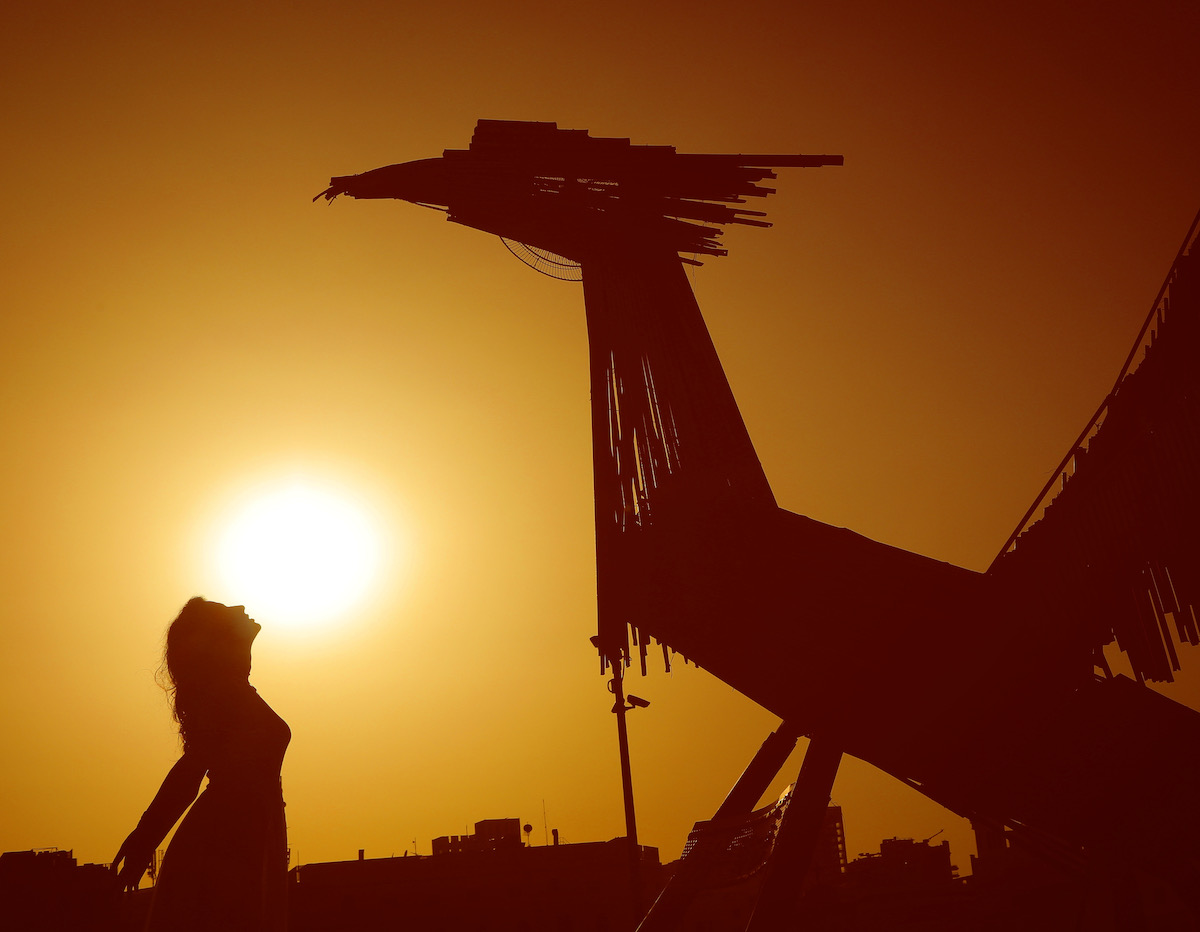
Hayat Nazer: Website | Instagram
My Modern Met granted permission to feature photos by Hayat Nazer.
蒂芙尼蓝色礼享 轻启蓝色礼盒, 邂逅心动“金”喜
 Tiffany & Co. 蒂芙尼2020节日季大片
Tiffany & Co. 蒂芙尼2020节日季大片
华灯璀璨,星光点点,缤纷烂漫的节日季悄然降临。2020,纵然经历了全新的考验,短暂偏离过生活的轨道,节日的美好依然如约而至。回望过去,无数珍贵时刻交织——自我的成长、挚爱的诺言,抑或是至亲挚友的相伴,每个瞬间都值得珍藏与纪念。
在如梦似幻的冬日光影间,美好的一切即将拉开序幕。跟随蒂芙尼踏上满载爱与希冀的节日旅程,轻解柔情缎带,邂逅至臻之礼,让每个重要时刻都有蒂芙尼蓝色礼盒见证。
「个性之作,献给独一无二的自己」
打破桎梏,独立张扬——与内心自我的连结,皆赋予每个人独一无二的风格与态度。蒂芙尼甄选一系列个性佳作致敬强大自我,从自信独立的Tiffany T系列,坚韧无畏的Tiffany T1系列,到大胆前卫的HardWear作品,为自己每一个勇往直前的瞬间,每一个自信坚定的决定,更为以率性摩登的姿态迎接全新未来。
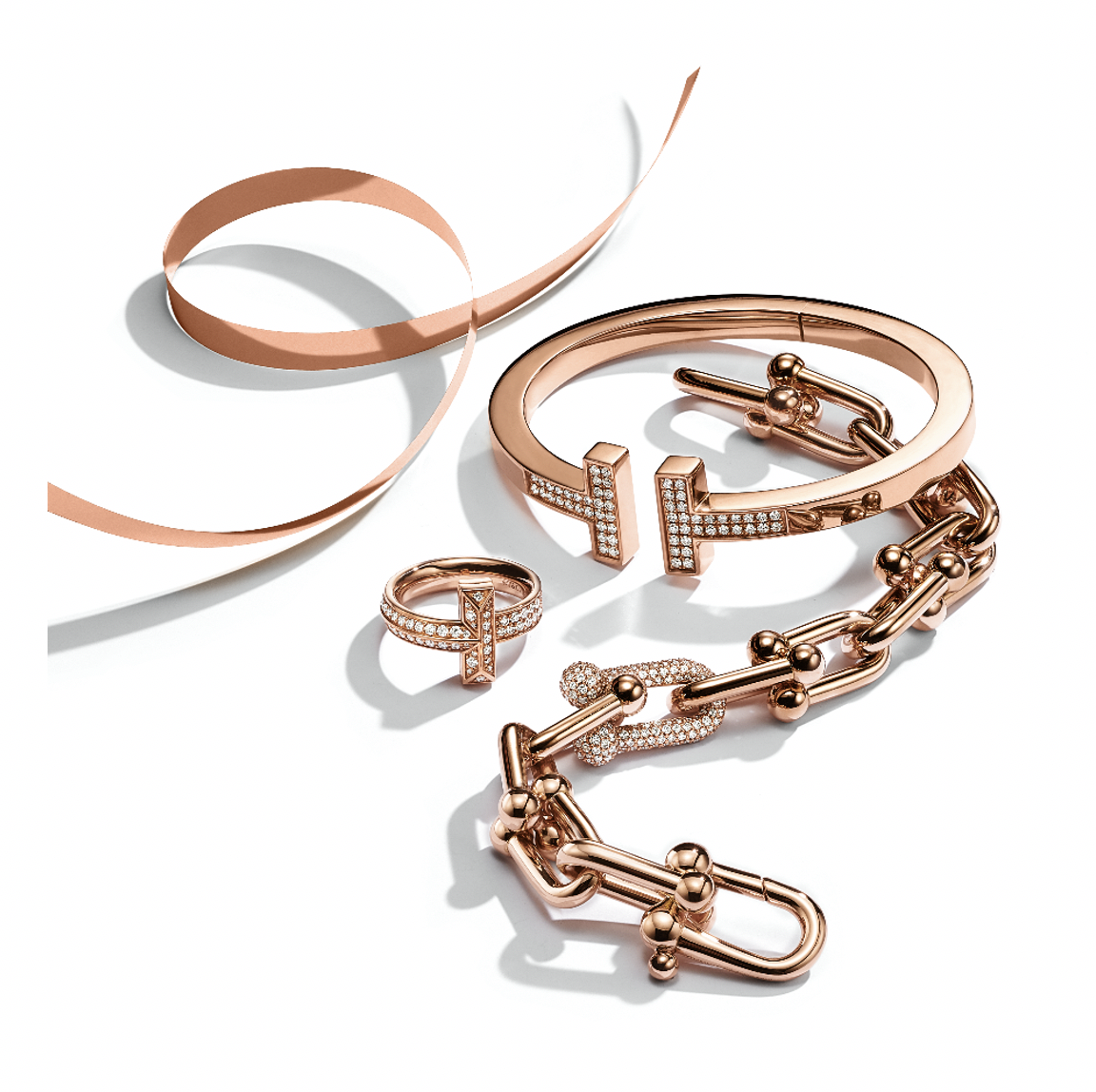 从上至下:Tiffany & Co. 蒂芙尼T系列18K玫瑰金镶钻手镯;Tiffany & Co. 蒂芙尼T1系列18K玫瑰金镶钻宽式戒指 ;Tiffany & Co. 蒂芙尼HardWear系列18K玫瑰金镶钻链环手链
从上至下:Tiffany & Co. 蒂芙尼T系列18K玫瑰金镶钻手镯;Tiffany & Co. 蒂芙尼T1系列18K玫瑰金镶钻宽式戒指 ;Tiffany & Co. 蒂芙尼HardWear系列18K玫瑰金镶钻链环手链
「风格典范,为家人点亮珍贵时光」
一段惬意的陪伴,一份承载温情的蓝色礼盒,都让与家人相伴的节日时光变得愈发珍贵而闪耀。经典Tiffany T系列,将标志性“T”形图案进行不同解构与设计,演绎时尚多元的风格趣味,诠释人与人之间的亲密纽带,无论闪耀指腕,还是环绕颈项,都让爱时刻相伴家人左右。
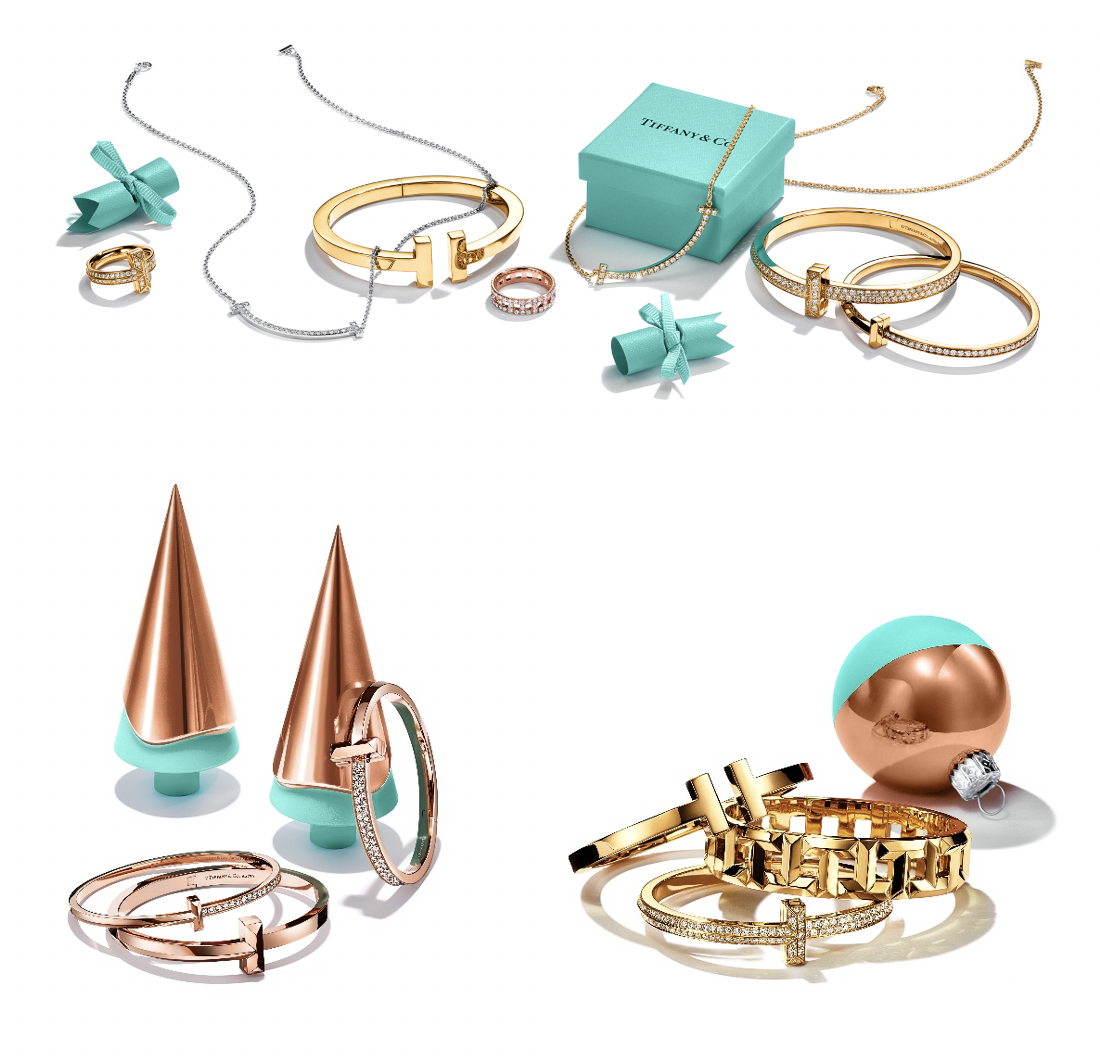 Tiffany & Co. 蒂芙尼T系列、T1系列作品
Tiffany & Co. 蒂芙尼T系列、T1系列作品
「至臻光华,为挚爱许下幸福诺言」
浓情冬日,爱意蔓延,最浪漫的节日总有一抹蓝色相伴。蒂芙尼璀璨钻戒,以跨越百年的匠心设计,定下属于彼此的心动契约,凝结熠熠幸福时刻。搭配风格万千的不同对戒,将专属爱意化为指间缱绻,许下共携未来的挚爱诺言。
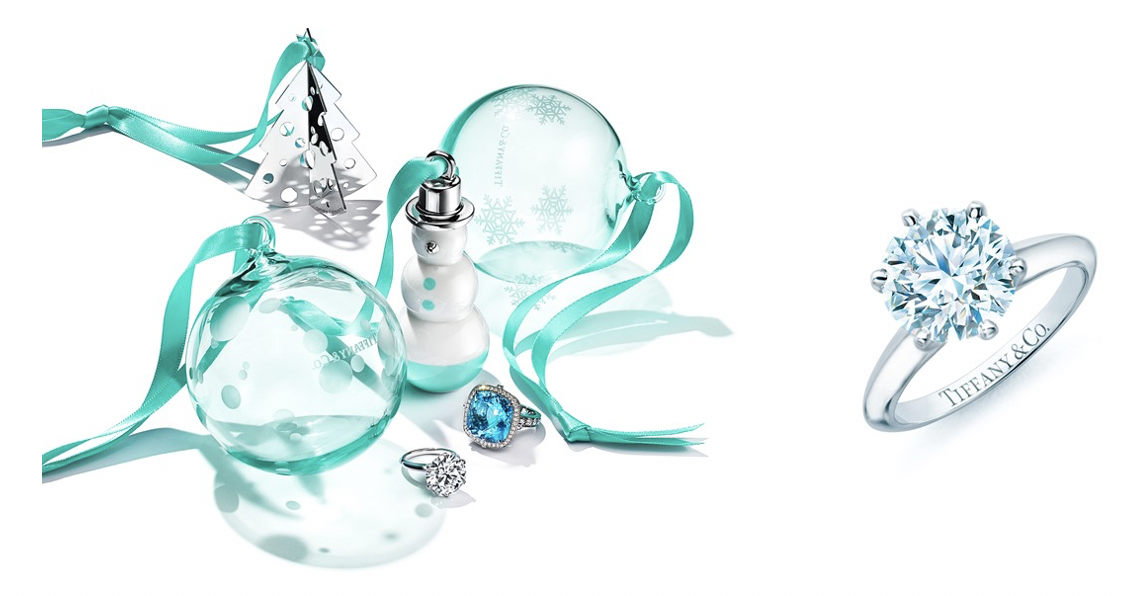 Tiffany & Co. 蒂芙尼The Tiffany® Setting六爪镶嵌钻戒
Tiffany & Co. 蒂芙尼The Tiffany® Setting六爪镶嵌钻戒
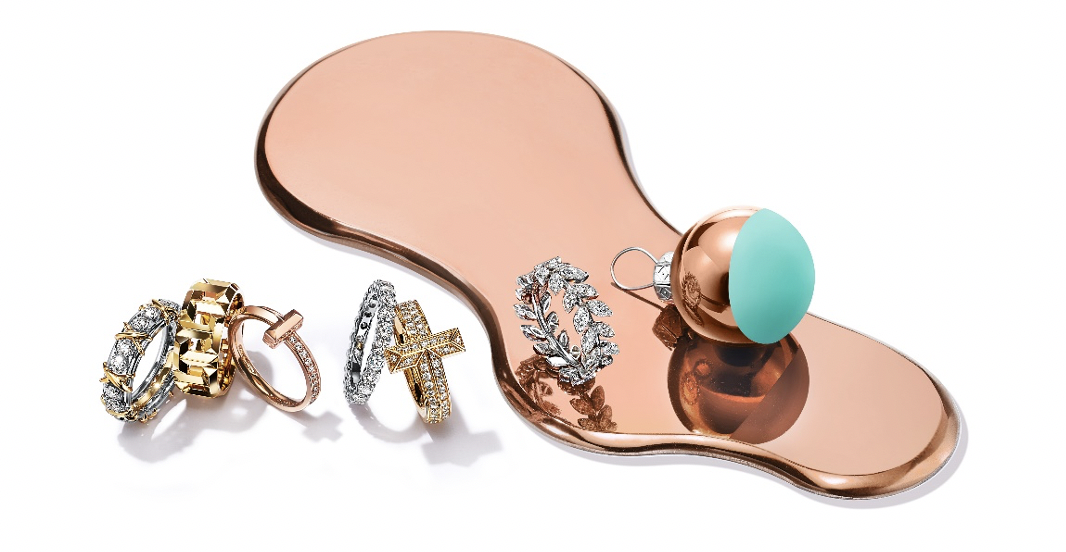 从左至右:Tiffany & Co. 蒂芙尼Schlumberger®系列戒指;T系列T True 18K黄金戒指;T1系列18K玫瑰金镶钻窄式戒指;Embrace®系列钻戒;T1系列18K黄金镶钻宽式戒指;Victoria™系列铂金镶钻藤蔓戒指
从左至右:Tiffany & Co. 蒂芙尼Schlumberger®系列戒指;T系列T True 18K黄金戒指;T1系列18K玫瑰金镶钻窄式戒指;Embrace®系列钻戒;T1系列18K黄金镶钻宽式戒指;Victoria™系列铂金镶钻藤蔓戒指
「璀璨心意,为挚友送上美好祝愿」
无论相聚一起,还是远隔万里,将真情祝愿藏于臻选之礼,让友谊绵长而又缤纷。Tiffany Keys系列作品,悬于胸前聆听挚友的初心祈愿,紧握手中凝结乐观向上的无限潜能。臻美钻石点缀其间,开启未来无限可能。Tiffany T系列作品,以摩登之姿,彰显个性,表达自我,呈现挚友之选。
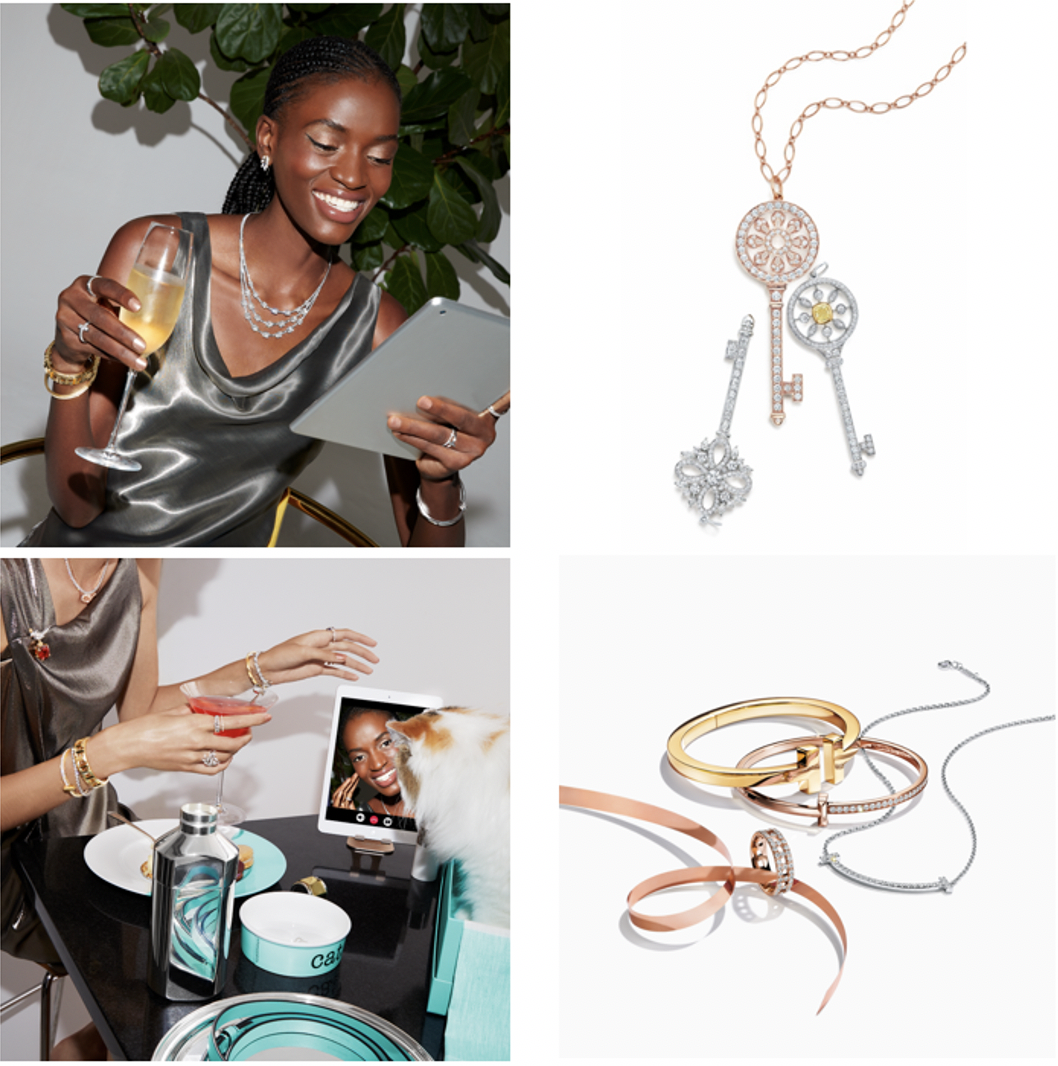 从左至右:Tiffany & Co. 蒂芙尼Keys系列Victoria铂金镶钻钥匙吊坠;18K玫瑰金镶钻花瓣形钥匙吊坠;铂金镶嵌黄钻及白钻圆形万花筒钥匙吊坠
从左至右:Tiffany & Co. 蒂芙尼Keys系列Victoria铂金镶钻钥匙吊坠;18K玫瑰金镶钻花瓣形钥匙吊坠;铂金镶嵌黄钻及白钻圆形万花筒钥匙吊坠
从上至下:Tiffany & Co. 蒂芙尼T系列18K黄金手镯;T1系列18K玫瑰金镶钻窄式手镯;T系列T Smile 18K白金镶钻项链;T系列T True 18K玫瑰金铺镶钻石戒指
「家居精品,为生活增添时尚格调」
生活需要一份格调将其点亮。蒂芙尼家居精品系列,融合精美造型与实用功能,赋予日常更多不凡风尚。独具特色的麻将套装,以奢华材质与精湛工艺打造而成,为游戏生活再添别样趣味。蒂芙尼精选宠物配饰,则在这个节日为家庭小成员带来特别的爱,俏皮设计彰显可爱趣态,更同步与主人的时尚风范。
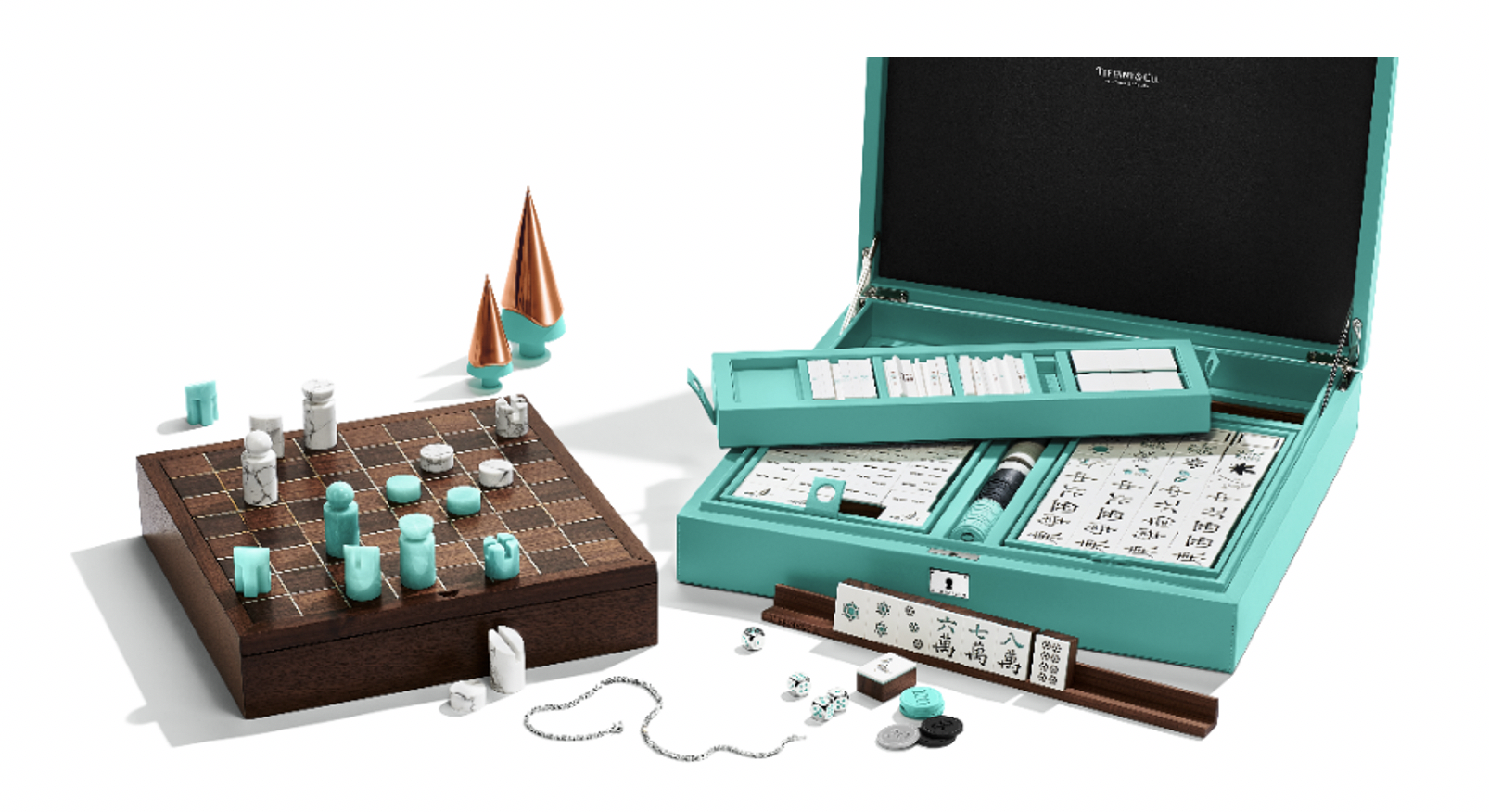
从左至右:Tiffany & Co. 蒂芙尼国际象棋套装;Tiffany & Co. 蒂芙尼麻将套装
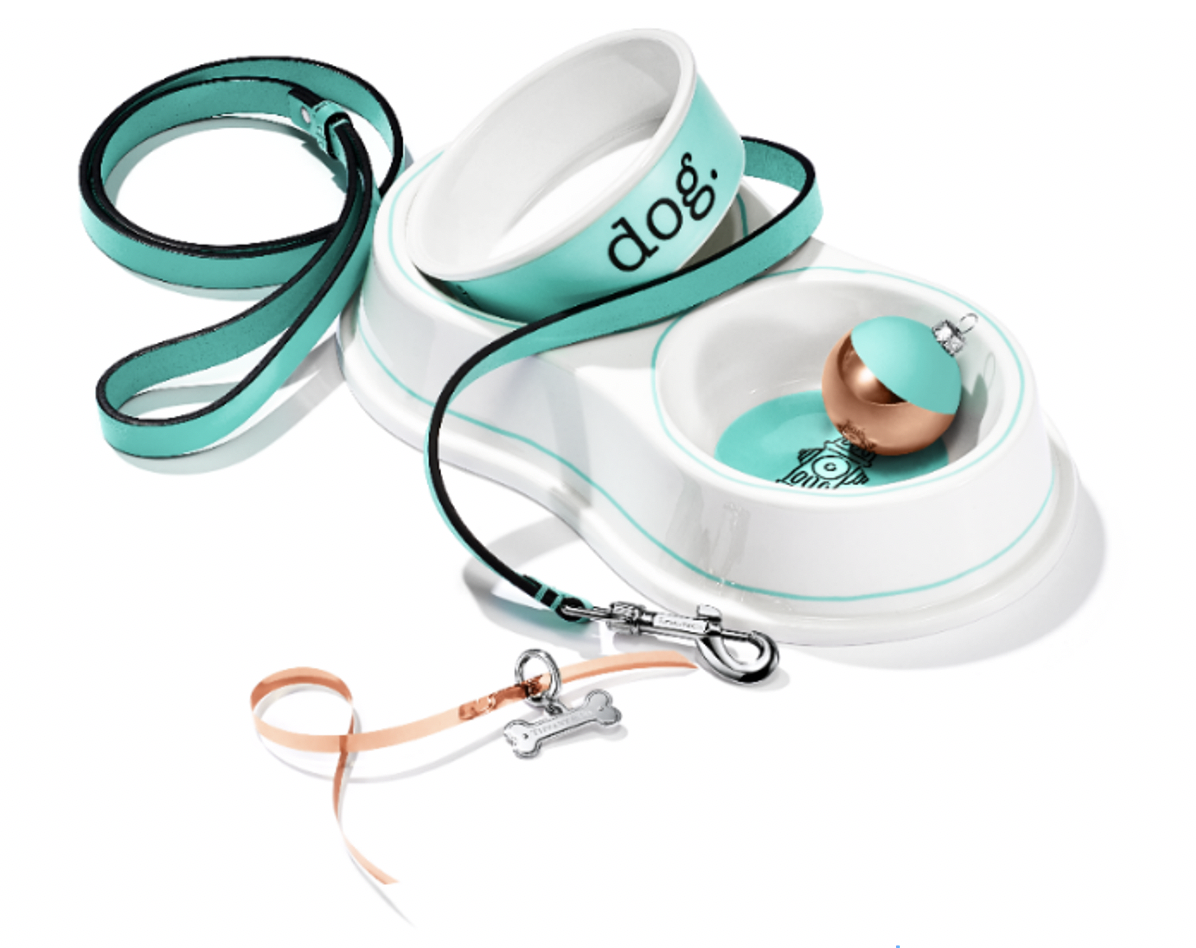 Tiffany & Co. 蒂芙尼精选宠物配饰
Tiffany & Co. 蒂芙尼精选宠物配饰
旖旎动人的蓝色,斑斓温暖的光影,蒂芙尼捕捉节日梦幻,传递爱与美好。从摩登新作,风格典范,再到生活精品,在蒂芙尼,总有一份属于你的挚爱佳礼。
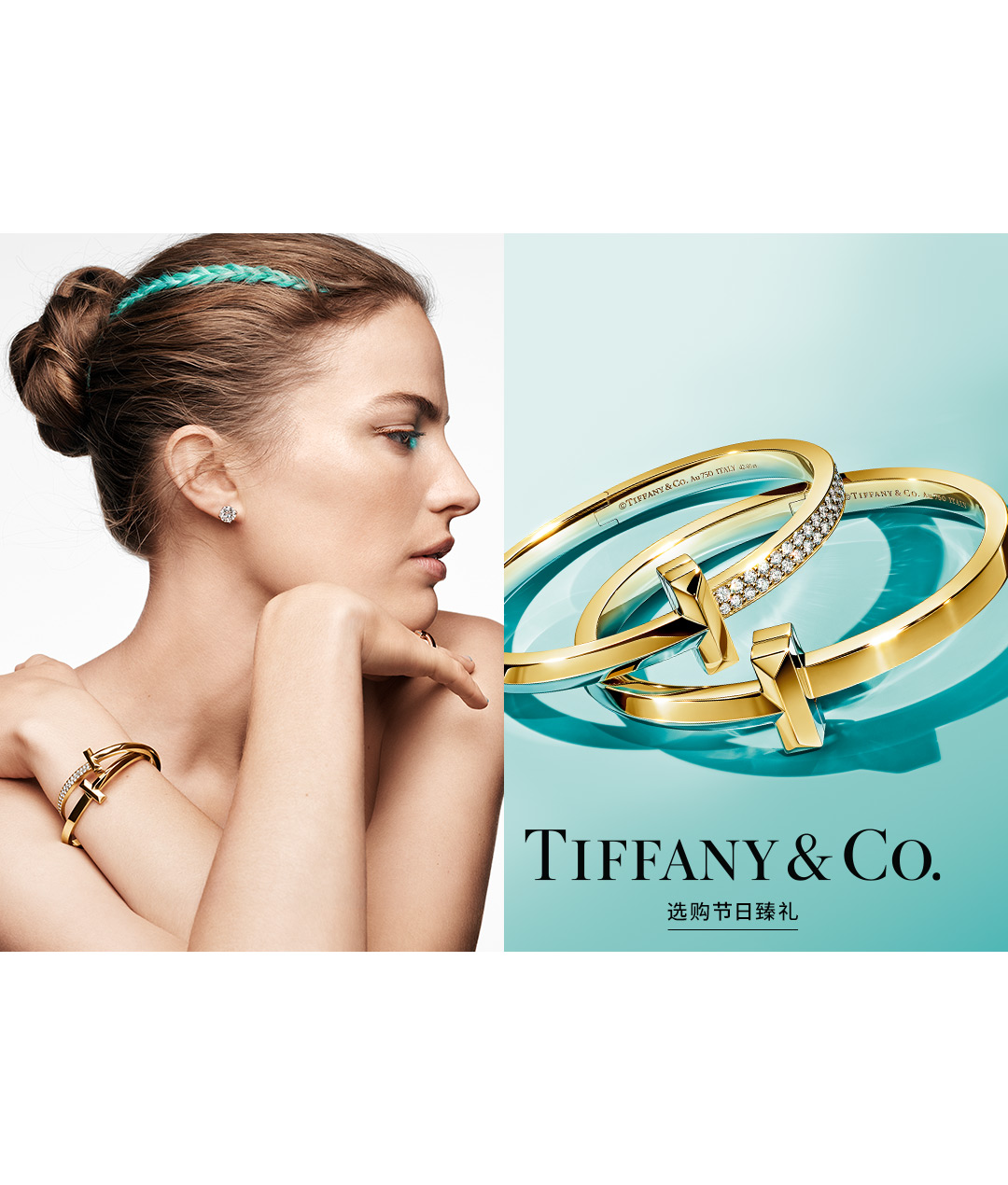
大胆优雅,简约风格 Tiffany & Co. 蒂芙尼Elsa Peretti®系列
作为享誉世界的殿堂级珠宝设计师,艾尔莎·柏瑞蒂不仅创制了对时尚领域产生深远影响的珠宝作品,而且为设计领域作出了恒久贡献。

蒂芙尼将艾尔莎·柏瑞蒂的设计全新引入中国市场,更以此向她完全颠覆20世纪珠宝设计的卓然才华致敬。艾尔莎·柏瑞蒂是一位真正拥有想象力的设计师,她创造了全新的奢华设计,于自然清新的外形上呈现出利落感性的线条与优雅简约的风格。
“风格即是简约。”艾尔莎·柏瑞蒂如是说道。这一理念引领她一生的创作,也是她杰出设计生涯的基石。 “我力求呈现出极致完美的品质,去繁就简。我只为那终极的纯粹。”
每一款设计背后的灵感都赋予作品更多魅力,透露出艾尔莎·柏瑞蒂对艺术、手工艺和自然世界的热爱。Open Heart是她著名的设计作品之一,这一原创珠宝设计历久弥新,并完美阐释了她的经典名言——“优美的线条与形状即是永恒。”若将Open Heart吊坠悬饰于纯银项链或丝绳之上,它优雅灵动,令人目醉神迷。这一设计的精髓所在恰是其毫无矫揉造作的成熟魅力。
艾尔莎·柏瑞蒂的Diamonds by the Yard®系列一经推出便被视为革新之作。柏瑞蒂希望钻石更富现代感,更易于佩戴。她将精致流畅的项链与包镶镶嵌的钻石巧妙搭配,赋予钻石项链以全新定义,并永远改变了钻石在时尚领域中所扮演的角色。正是她令这些璀璨美钻呈现出从未有过的全新风格与成熟魅力。全球女性都倾慕于此款耀目钻石项链的灵动神采,或单链佩戴,或层叠搭配,日夜之间,流光溢彩。
她创作的另一经典设计便是Bottle吊坠。这一瓶形吊坠既可容纳花朵,又珍藏了她早年游历意大利菲诺港的美好回忆。在那里,她与身着明丽绸服、手执栀子花的女士们一道乐享生活之美。
艾尔莎·柏瑞蒂的其它经典设计还包括了风格大胆、外廓优雅的Bone系列手镯,灵感源自她在孩提时代偶然拾得的一块令她无比着迷的骨头;线条流畅、触感宜人的Bean®系列,令人自然想到寓意生命起源的种子;Teardrop系列则捕捉到泪滴所蕴含的至深情愫与美感;而西班牙一位弗拉明戈舞者佩戴的耳环便启发了Sevillana™系列的诞生。
与柏瑞蒂精诚合作的超凡工匠们将她的设计手工打造成蒂芙尼的珠宝珍品。工匠们采用纯银、18k金、铂金、涂漆与雕刻宝石,搭配以绚丽宝石凸显其珠宝作品的感性线条和雕塑质感。金属与宝石交相辉映,展示出柏瑞蒂于自然形态中抽离出本真精华的独特才华。
如其珠宝设计一般,艾尔莎·柏瑞蒂的家居设计同样兼具风格美感与功能特性。Thumbprint系列的碗具采用了手工吹制的威尼斯玻璃或者纯银材质,并匠心独具地在碗的边缘做出凹槽设计,便于用拇指握牢。手感宜人这一特质同样体现在Bone系列烛台、Bean®系列相框以及闪闪发光的水晶或纯银Heart盒子之上。
艾尔莎·柏瑞蒂最早期的珠宝设计成为那个时代多位伟大时装设计师秀场时装的完美点缀。其后,她受到蒂芙尼公司的垂青,加入蒂芙尼的首个珠宝系列于1974年面世。自那时起,她设计的珠宝和其它作品绽放出历久弥新的永恒之美,成为蒂芙尼设计美学中不可分割的重要组成,吸引着全世界女性的忠实倾慕。
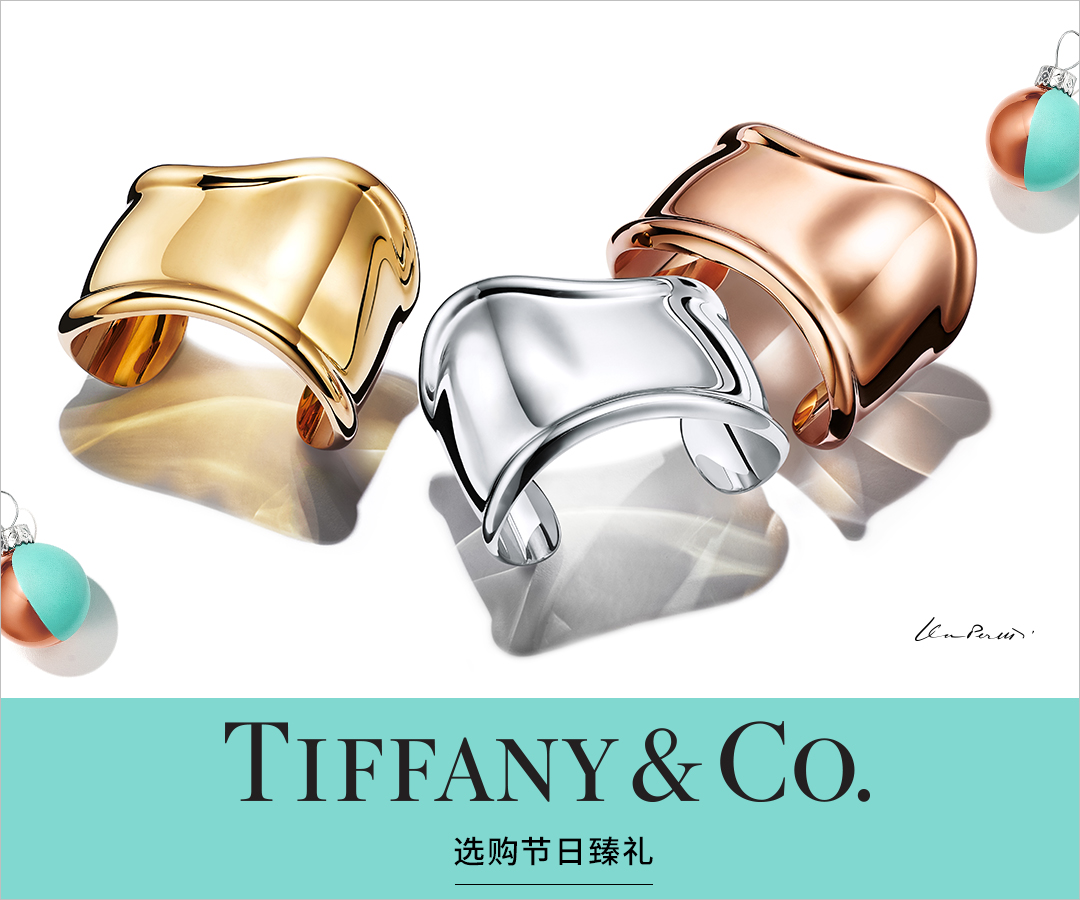
In Europe and the US, abortion rights are under renewed threat
November 1, 2020
(CNN)The Abortion Dream Team usually receives about 400 calls a month, from women seeking advice and information. Last week, the Polish advocacy group had 700 in the space of three days, according to team member Justyna Wydrzynska.
‘A time for deep concern’
Restrictions across Europe
In the past decade, several countries including Armenia, Russia, and Georgia introduced preconditions that women must fulfill before they can obtain abortion services.
In other countries attempts to roll back abortion rights have been largely unsuccessful, often following a public outcry and large-scale demonstrations, but “they provide a powerful illustration of the extent and nature of the backlash to the advancement of women’s rights and gender equality in some parts of Europe,” according to a 2017 paper published by the Council of Europe Commissioner for Human Rights.
Global attitudes about abortions
What If Women’s Suffrage Never Happened?
There’s a tendency, when looking back on the history of women’s suffrage in the United States, to assume that it was inevitable that women would get the right to vote: By the time Tennessee became the final state to ratify the 19th Amendment, on August 18, 1920, 15 states had already granted women suffrage, starting with Wyoming, which became a state in 1890. (As a territory, it gave women suffrage in 1869.) How long could such an electoral-rights imbalance reasonably be expected to survive?
Then again, was it really inevitable? The amendment’s passage was the culmination of probably the longest sustained sociopolitical movement in American history, and even so it came down to a single 24-year-old Tennessee state legislator’s vote—changed from nay to aye after his mother wrote him a letter lobbying him to do so—or it wouldn’t have happened, at least not in 1920. And even then, the 19th Amendment hardly put an end to systematic disenfranchisement (and not only of women) in this country. On a practical basis, Black women in the South, and to some extent Black women anywhere, still didn’t get to exercise their right to vote (as Black men hadn’t and didn’t)—not until the Voting Rights Act of 1965 swept away many of the tactics vote suppressors had used for decades to thwart them. Native American women (along with Native American men) didn’t get the vote until 1924, when their citizenship was recognized (they weren’t guaranteed the right to vote in every state until 1962); all Asian-American citizens didn’t get the vote until 1952, when the McCarran-Walter Act granted all people of Asian ancestry the right to become citizens. As an additional point of comparison, women in Switzerland were not granted the right to cast a ballot in their national elections until 1971. Imagine how different this country might be—socially, culturally, politically—if women had been forced to wait 51 more years before successfully seizing the right to exercise their power at the polls. Imagine how different things might be if women never got that right.
The contemplation of hypothetical, alternative histories—the conjuring of counterfactual scenarios and the spinning of stories about what the world and our lives might be like if this, this, or this had happened or not—is an endlessly fascinating pastime. (The “What if the Nazis had won?” alternative-history subgenre has lately seen a particularly strong resurgence with the bingeworthy Hollywood adaptations of The Man in the High Castle and The Plot Against America.) It’s also a deeply fraught exercise, with each counterfactual pivot triggering an endless range of possible implications and outcomes, each of which in turn sets in motion its own innumerable ripples of “what if.” We can’t say definitively how a century of women voting has shaped the world we live in or what that world would look like in its absence. But we can crunch some numbers and offer some data-driven possibilities. We can, for instance, examine state-by-state exit polling from presidential elections to see whether and how the Electoral College might have swung if men alone had wielded the ballot.
And when we do so, here is what we find: Women’s and men’s votes have been diverging in significant ways for several decades, so much so that at least two relatively recent elections might very well have gone the other way—from the Democratic candidate to the Republican—if women had still been barred from the polls on election day.
For a while after the 19th Amendment went into effect, it looked as if the entry of women into the electorate would have little or no tangible impact at all. Women didn’t vote at nearly the level men did—36 percent of eligible women cast a ballot in 1920, versus 68 percent of men—and when they did vote, they tended to do so pretty much as men did. “Suffragists get a bad rap because the amendment passes, and then the world doesn’t change,” says Susan Ware, author of Why They Marched: Untold Stories of the Women Who Fought for the Right to Vote. “It wasn’t as if all of a sudden women threw all the politicians out of office and decided to end war and end prostitution and all these things. But suffragists never claimed that the world would change. They didn’t say women would vote as a bloc and war would end.”
In some ways, the specter of a woman’s vote seems almost to have had more power than the vote itself—at first. “Right after 1920, we get the Sheppard-Towner Act, which provides support for mothers and infant care,” says Christina Wolbrecht, director of the Rooney Center for the Study of American Democracy at the University of Notre Dame and co-author of A Century of Votes for Women: American Elections Since Suffrage (which is where the 1920 voter-turnout stats above come from). “We also get the Cable Act, which says that if you’re a woman and you marry a foreigner, you don’t immediately lose your American citizenship. And then it turned out that women didn’t vote that differently than men and most of them stayed home, so politicians decided that they weren’t really a threat anymore, and so we don’t really need to pay as much attention to their agenda items. So you don’t see as much of those issues in the ’30s and into the ’40s.”
But what you do see in the ’30s and ’40s is women deploying a political savvy honed during the long campaign for suffrage, gathering and exercising a type of soft power to mold policy and shape national agendas from positions just out of the spotlight. “When we think about the impact of women’s suffrage,” Wolbrecht says, “an obvious focus is outcomes of elections. But we also might ask about something we would call in political science the second face of power. One face of power is, something is being debated and you can determine the winner or the loser. The second face of power is just getting that thing to be talked about in public life, to be on the political agenda. And by becoming voters, women had more power to influence the political agenda.”
Ware offers the Social Security Act as an example of this sort of exercise of soft power. “The secretary of labor at the time that was passed was Frances Perkins, the first woman to serve in the cabinet,” she says. “And Frances Perkins was a former suffragist.” (In fact, so pervasive was Perkins’s influence on the blossoming of social programs during the FDR administration that Collier’s magazine would later describe those accomplishments as “not so much the Roosevelt New Deal as…the Perkins New Deal.”)
But for the most part, if your hopes as a suffragist, or your aims as a counterfactualist, are to find in the early decades of women’s voting evidence that the ballot was a power wielded by women to bring about sociopolitical change, you are doomed to disappointment. “In eras where there’s a lot of traditional ‘family values’ conservatism, where men are the primary breadwinners, stay-at-home women will support the conservative party very strongly,” says Kevin Corder, a professor of political science at Western Michigan University and co-author with Wolbrecht of A Century of Votes for Women. “In countries where they introduced suffrage at a time when you had a lot of traditional values, women were overwhelmingly voting for the conservative party. And that’s what the U.S. electorate in the ’50s did.”
In fact, to the extent that there was a partisan gender gap—a measurable difference between women’s and men’s relative support for the same candidate—throughout the 1950s and into the early ’60s, it showed a tendency for a slightly higher proportion of women than men to vote Republican. That changed by 1964, with both women and men favoring Lyndon Johnson in his trouncing of Barry Goldwater and women favoring the Democrat to a slightly greater degree, a pivot that heralded what became a slowly growing schism between the sexes, driven by some combination of men migrating rightward and women leftward.
“The 1960s is also when the parties become sharply defined on social welfare,” Wolbrecht says. “One party says government is the problem; the other says government is the solution. If you’re economically vulnerable, the party that wants to have a social safety net may be more attractive to you. But even for women who are not economically vulnerable, something like 60 to 70 percent of the growth in middle-class women’s employment comes from the public sector. They are the public schoolteachers for the baby-boom kids. They’re the nurses in public hospitals. They are the social workers in all of these Great Society programs. They’re all these sorts of things that make their own economic interests much more linked to an active federal government.”
There is an insistent article of faith among scholars of women’s suffrage that goes like this: “Women” is not a voting bloc. “The category of ‘women,’ when it comes to voting, is just too broad,” Ware says. “I’ll give you two examples. One is the suffrage movement itself, where you had women who were for the vote and a lot who were against it. And the Equal Rights Amendment, where you had a lot of feminists struggling for the ERA and then you had antifeminists who were vehemently opposed to it. You have to be very, very careful about talking about women as a group and any expectation that there would be a women’s bloc; it just doesn’t hold up.” And with the passage of the Voting Rights Act in 1965 opening the electorate up to far greater numbers of Black women, it would soon become clear just how absurd it is to think that women all vote the same.
Ronald Reagan’s 489–49 electoral-vote shellacking of Jimmy Carter in the 1980 presidential election was fueled, not surprisingly, by support from both men and women. What was surprising, or at least notable, was the difference in the scope of support for Reagan between the sexes. Reagan outpolled Carter among men by a whopping 55–38 margin (Independent candidate John Anderson took 7 percent of the votes); among women, Reagan barely squeaked out a 47–46 victory. Feminists seized on the eight-point (55 versus 47 percent) “gender gap” in votes for Reagan (Eleanor Smeal, president of the National Organization for Women at the time, is generally credited with coining the term) as a way to highlight the importance of the women’s vote and of promoting policies that women care about. (This came at a time when the parties were becoming distinctly polarized around some of those issues; Republicans removed support for the Equal Rights Amendment from their party platform in 1980 for the first time in 40 years.)
The gender gap waxed and waned, though mostly waned, until 1996, when Bill Clinton ran for his second term, against Bob Dole, and the gap ballooned to 11 percent. The interesting thing about this particular shift is what it reveals about the dynamics that underpin it. In the previous election, the gap had been only 4 points, with both women and men favoring Clinton over George H.W. Bush—women giving Clinton 45 percent of their vote and men 41. (The numbers are skewed by the fact that H. Ross Perot performed so well as a third-party candidate, taking 21 percent of men’s votes and 17 percent of women’s.) “What happens in 1996,” Wolbrecht says, “is that women become more Democratic, but it’s also that many men returned to the Republican Party.” This is an important point: The gender gap is not just about how women vote. As Wolbrecht puts it, “1996 is such a great example of how the gender gap can be driven by both men and women.”
And those antipodal shifts by men, in turn, lead us to the first of our “What if women never got the right to vote?” electoral overturns: A close examination of state-by-state exit-poll numbers indicates that if women hadn’t voted in 1996, Bob Dole would have flipped the results in nine states and won a narrow victory, depriving Clinton of a second term. Here are a few other things that an all-male electorate would have deprived Clinton of: credit for four straight years of budget surpluses and the longest uninterrupted economic expansion in U.S. history; a successfully negotiated end to the war in Kosovo; and making Madeline Albright the first female secretary of state. Dole would have enjoyed Republican control of both houses of Congress, giving him the opportunity, perhaps, to achieve more in his first term than Clinton was able to in his second, so maybe he would have managed to abolish the four cabinet departments (Housing and Urban Development, Energy, Commerce, and Education) he had in his sights or to sign a bill (like the one Clinton vetoed toward the end of his first term) to allow drilling in the Arctic National Wildlife Refuge. One distraction he (and the country) likely would not have faced: the impeachment of a sitting president. Monica Lewinsky would probably not have become the household name she did. And who knows what impact all that might have had on Hillary Clinton’s political career.
Of course, if that’s the way history had actually gone, all bets would be off for how subsequent elections would have unfolded—since two Dole terms means no George W. Bush hanging-chad victory in 2000, and on and on. So let’s file Dole’s 1996 triumph away in the annals of alternative history and travel ahead another 16 years to take a look at the second upset the all-male electorate would have bestowed. This one, again, is the denial of a second term to a Democratic president, with Mitt Romney snatching nine additional states away from Barack Obama in 2012 and scoring a 322–216 Electoral College win. Here are a few things that happened in Obama’s second term that might thus have vanished into the alternative-history mists: the Iran Nuclear Deal, the Clean Power Plan, the Paris climate accord. One other thing that almost certainly would have gone away if Romney had run in 2016 for his second term: the presidency of Donald Trump. (Didn’t we warn you this was a fraught exercise?)
To illuminate the influence of women’s votes on presidential elections from a different angle, we also crunched the numbers on the opposite postulate: What if only women had the right to vote? A few highlights: Bill Clinton beats George H.W. Bush by a lot more in 1992 and absolutely demolishes Bob Dole in ’96; Al Gore wins with a comfortable 368 electoral votes (and no need for a Supreme Court intercession) in 2000; John Kerry claims a victory in 2004; Obama cruises to two terms; and Hillary Clinton actually does become the first woman president in U.S. history, beating Donald Trump 412–126 and presumably presiding this year over many joyous celebrations of the centennial of women’s suffrage.
If that litany of outcomes reinforces your belief that women have become a staunchly reliable source of Democratic votes…then you haven’t been paying close enough attention. Remember “‘Women’ is not a voting bloc”? Because a deeper crunch of the exit-poll data reveals just how consequential the passage of the 1965 Voting Rights Act truly was on the electoral calculus: It’s not “women” who, if they were the only ones with the vote, would have been responsible for sweeping an unbroken string of Democratic candidates into office over the past three decades; it’s Black women and, to a slightly lesser extent, other women of color. If the power to vote had been held by white women only, every presidential election over those 32 years would have had the same outcome, with one exception: Romney would have beaten Obama in 2012 (and by a bigger margin than if only men had voted in that election).
Trump would have won in 2016 by 51 more electoral votes than he did. It’s only the overwhelmingly Democratic votes of non-white women that push the overall category of “women voters” resolutely into the Democratic column. As University of Michigan political scientist Ken Kollman pithily sums up: “Trump won the majority of white women. He got slaughtered among Black women and Latina women.”
Above: In 2016, nonwhite women made up 16 percent of all voters yet contributed to 26 percent of Clinton’s total votes. If just white women had voted, Trump would have won by an additional 51 electoral votes.
Kollman is far from alone among electoral scholars in anticipating the possibility that the 2020 election might emerge as a gender-gap pivot point—and a harbinger of challenging times to come for the Republican Party. “The data show that Trump is uniquely disliked by women,” he says. “And a lot of that is driven by women under 45. The partisan gap between men and women is increasing in the population as a whole, but it’s really a big step by generation. You go down in age and the gap gets bigger and bigger and bigger. And the modern Republican Party is in trouble. It’s not just that young people are being driven away from the Republican Party, which is true, but that young women are being dramatically driven away from the Republican Party.”
Heading into this centennial year for women’s suffrage, Susan Ware would find herself trying to conjure in her imagination a society where women can’t vote. “I went to my first feminist demonstration in 1970, on the 50th anniversary of women voting,” she says. “That’s not that long ago! I was born in 1950, and women had been voting for only 30 years, and that seems really bizarre to me. I haven’t found a really good way of conveying this to people, but just try to imagine a landscape where half the population is arbitrarily denied the right to vote because of their sex. To me, that’s the importance of suffrage: that we got past that hurdle.”
Ware, who has spent much of her career writing about the early suffragists, also likes to torture herself by trying to imagine what her biographical subjects would make of how far—or not—the country has come since 1920: “If I could bring my women up to the present and say, ‘All right, here’s where we are 100 years later,’ what would they think? Would they say, ‘Way to go, this is much further than we expected!’ or would they say, ‘Come on, Susan, not enough has happened.’ I go back and forth.”
One thing she does know, though, is that the right to vote, and to have a voice, is not something to be won and then taken for granted. “The suffragists needed to get women the vote, and it was a hard and a long struggle, and then it’s been up to women in the years since to figure out what they want to do with it,” Ware says. “And that process is still ongoing. And it will be going on long after I’m not here. But I see myself as being part of something bigger. And I see the centennial as being part of something bigger. I would hope that maybe you will get your readers thinking about that. And then the last line of your story has to be to remind them to vote no matter what.”
Oxford dictionaries change ‘sexist’ and outdated definitions of the word ‘woman’
From CNN/By Christina Zdanowicz/ November 9, 2020
https://www.cnn.com/2020/11/09/world/woman-definition-revised-oxford-dictionary-trnd/index.html
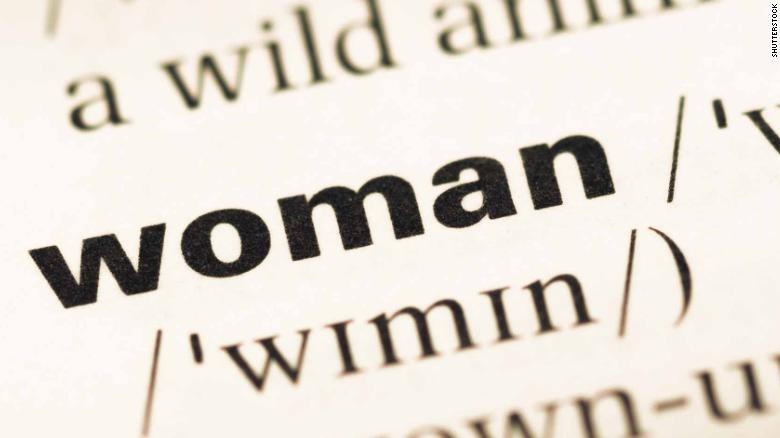 The word ‘woman’ is being redefined in one series of dictionaries.
The word ‘woman’ is being redefined in one series of dictionaries.(CNN)Even the dictionary can be sexist and out of date, especially when it comes to how a “woman” is described.
why germans love getting naked
After four years of living in Berlin, I’ve learned to embrace Germany’s anything-goes sprit and more casual approach to nudity than where I grew up in the Midwestern US.
You never forget your first time confronted by public nudity
While nudity in mainstream American culture is generally considered to be sexual, here in Germany, stripping down isn’t uncommon in certain everyday situations. I’ve grown used to nude-by-default saunas; taken dips in pools where swimming suits were birthday suits; and surprised a massage therapist when I disrobed unprompted before a treatment, leading him to remark that Americans usually need to be asked to take off their clothes.

In Berlin and many other German cities, it’s not uncommon to stumble upon nude sunbathers in parks (Credit: ImageBroker/Alamy)
But, as the saying kind of goes, you never forget your first time confronted by public nudity. My introduction came during a jog through Hasenheide, a park in Berlin’s southern Neukölln district, when I came across a cluster of nude bodies taking in the bright afternoon sun. Later, after speaking with friends and acquiring a fairly questionable Google search history, I found out that stumbling across an au naturel enclave in a city park or beach is practically a rite of passage in Berlin.
Stripping down to your essence in the natural world has historically been an act of both resistance and relief
What I’d seen wasn’t part of Berlin’s hedonistic side, however, but an example of Freikörperkultur, or “free-body culture”. FKK, as it’s usually shortened to, is associated closely with life in the German Democratic Republic (East Germany or “GDR”), but nudism in Germany as a public practice stretches back to the late 19th Century. And unlike, say, taking off your top at a beach in Spain, FKK encompasses a broader German movement with a distinct spirit, where stripping down to your essence in the natural world has historically been an act of both resistance and relief.
“Nudism has had a long tradition in Germany,” said Arnd Bauerkämper, associate professor of modern history at Freie University in Berlin. At the turn of the 20th Century, Lebensreform (“life reform”) was in the air, a philosophy that advocated for organic food, sexual liberation, alternative medicine and simpler living closer to nature. “Nudism is part of this broader movement, which was directed against industrial modernity, against the new society that emerged in the late 19th Century,” Bauerkämper said.

Free-body culture – or “FKK” – is practiced at many designated beaches, campgrounds and parks across Germany (Credit: Ageofstock/Alamy)
According to Hanno Hochmuth, a historian at the Leibniz Centre for Contemporary History Potsdam, this reform movement took particular hold in larger cities, including Berlin, despite its romanticising of country living. During the Weimar Era (1918-1929), FKK beaches populated by “a very, very small minority” of sunbathing members of the bourgeois sprang up. According to Bauerkämper, there was a “sense of new freedom after the authoritarian society and suffocating conservative values of Imperial Germany (1878 to 1918).”
In 1926, Alfred Koch founded the Berlin School of Nudism to encourage mixed-gender nudist exercise, continuing the belief that outdoor nudity promoted harmony with nature and wellness benefits. And while Nazi ideology initially prohibited FKK, viewing it as a spring of immorality, Hochmuth explained that by 1942 the Third Reich had softened its public nudity restrictions – though, of course, that tolerance wasn’t extended to groups the Nazis persecuted, like Jews and communists.
But it wasn’t until the decades after Germany’s post-war division into East and West that FKK really blossomed, particularly in the East – though embracing getting naked was no longer restricted to the bourgeois class. For Germans living in the communist GDR, where travel, personal liberties and sales of consumer goods were curtailed, FKK functioned in part as a “safety valve,” according to Bauerkämper; a way to let off tension in a deeply restrictive state by providing a bit of “free movement”.
 FKK culture blossomed in East Germany, where it served as an escape from the repressive communist government (Credit: ImageBroker/Alamy)
FKK culture blossomed in East Germany, where it served as an escape from the repressive communist government (Credit: ImageBroker/Alamy)
Hochmuth, who visited nude beaches with his parents as a child growing up in East Berlin agrees. “There was some sense of escapism,” he said. “[East Germans] were always exposed to all these demands of the Communist Party and what they had to do, like going to party rallies or being asked to perform communal tasks on weekends without pay.”
There was some sense of escapism
While rogue East Germans continued bathing in the buff in the GDR’s early years – while keeping an eye out for patrolling policemen – it wasn’t until after Erich Honecker took power in 1971 that FKK would officially be allowed again. According to Bauerkämper, under Honecker the GDR began a process of opening up foreign and domestic policies, a tactic meant to make itself look more favourable to the outside world.
“For the GDR it was quite useful to argue that, ‘OK, we are allowing and even encouraging nudism, we are kind of a free society’,” said Bauerkämper.

In the 1970s and ’80s, the strict East German government allowed residents to practice FKK as a way to appear more open to the world (Credit: Kuttig/Alamy)
Since East Germany merged with the larger West in 1990 and restrictions lifted in the former communist state, FKK culture has declined. In the 1970s and ‘80s, hundreds of thousands of nudists packed campgrounds, beaches and parks. In 2019, the German Association for Free Body Culture counted only 30,000-plus registered members – many of whom were in their 50s and 60s.
Yet today, FKK continues to leave an impression on German culture, particularly in the former East. It even manages to make the occasional viral headline, such as when a naked man in an FKK-designated area at a Berlin lake this summer was forced to give chase to a wild boar that had run off with a bag containing his laptop.
In fact, FKK and Germany’s longer tradition of nudism has left a widespread tolerance across the country for clothing-free spaces and public nudity as a form of wellness. As I discovered, FKK spaces can still be found without looking too hard, and they’re often tied to health pursuits.
If you are used to seeing people naked, you don’t give much thought about appearances
The listings site Nacktbaden.de offers a well-organised list of beaches and parks throughout Germany where you can sunbathe nude; strip down at saunas and spas; or go for hikes in the buff in places like the Harz Mountains, Bavarian Alps or the forests of Saxony-Anhalt. Or, if you want to be a bit more formal about it, the sporting club FSV Adolf Koch offers nude yoga, volleyball, badminton and table tennis in Berlin.
In many ways, the FKK legacy gives travellers an insight into values that still unite many East Germans. For Sylva Sternkopf, who grew up going to FKK beaches in East Germany, the country’s free-body culture has both reflected and imparted certain values that she’s passing down to her children, particularly the country’s open-mindedness towards their own bodies.

Today, Germany’s history of public nudity has fostered a broader open-mindedness towards body positivity (Credit: NurPhoto/Getty Images)
“I think this is still very deeply rooted in my generation in East Germany,” she said. “I also try to give this on to my children, to raise them in this way of being open towards your own body and not being ashamed of being yourself and being naked, of showing yourself naked.”
For Sternkopf, seeing nude bodies in a non-sexualised way also helps people learn to see others beyond their outer appearances. By baring it all, it makes it easier to see not just a body, but the individual.
“If you are used to seeing people naked, you don’t give much thought about appearances,” she said. “I think this is something that is more widespread in East Germany in general: we try to judge people not for their outer appearance, but we always try to look underneath.
Join more than three million BBC Travel fans by liking us on Facebook, or follow us on Twitter and Instagram.
If you liked this story, sign up for the weekly bbc.com features newsletter called “The Essential List”. A handpicked selection of stories from BBC Future, Culture, Worklife and Travel, delivered to your inbox every Friday
Kamala Harris in a White Suit, Dressing for History
From NYT/By .
https://www.nytimes.com/2020/11/08/fashion/kamala-harris-speech-suffrage.html
This wasn’t about fashion, it was about politics, past and future.
 Vice President-elect Kamala Harris wore a white pantsuit with a white pussy-bow blouse when she and President-elect Joseph R. Biden Jr. spoke on Saturday night.Credit…Erin Schaff/The New York Times
Vice President-elect Kamala Harris wore a white pantsuit with a white pussy-bow blouse when she and President-elect Joseph R. Biden Jr. spoke on Saturday night.Credit…Erin Schaff/The New York Times
How do you begin to express that understanding; embody the city shining on a hill? For the next four years, that will be part of the job.
She said it — “while I may be the first woman in this office, I will not be the last” — and she signaled it, wearing something she had not worn in any of her moments of firsts since she joined Mr. Biden as his No. 2 (or, indeed, in the months before when she was running for the Democratic nomination herself): a white pantsuit with a white silk pussy-bow blouse. Two garments that have been alternately fraught and celebrated symbols of women’s rights for decades, but which over the last four years have taken on even more potency and power.
The white pantsuit: a nod to the struggle to break the final glass ceiling, stretching from the suffragists through Geraldine Ferraro, Hillary Clinton, Nancy Pelosi and the women of Congress. A garment in a color meant, as an early mission statement for the Congressional Union for Woman Suffrage published in 1913 read, to symbolize “the quality of our purpose.” Latterly redolent with frustration; now, finally, transformed into a beacon of achievement.

The pussy-bow blouse: the quintessential working woman’s uniform in the years when they began to flood into the professional sphere; the female version of the tie; the power accessory of Margaret Thatcher, the first female British prime minister. And then, suddenly, a potentially subversive double entendre in the hands of Melania Trump, who wore a pussy-bow blouse after her husband’s “grab ’em by the pussy” scandal.
The point was not who made the clothes; it wasn’t about marketing a brand (though, on the subject of “building back better,” the suit was by Carolina Herrera, an American business). The point was that to wear those clothes — to make those choices — on a night when the world was watching, in a moment that would be frozen for all time, was not fashion. It was politics. It was for posterity.
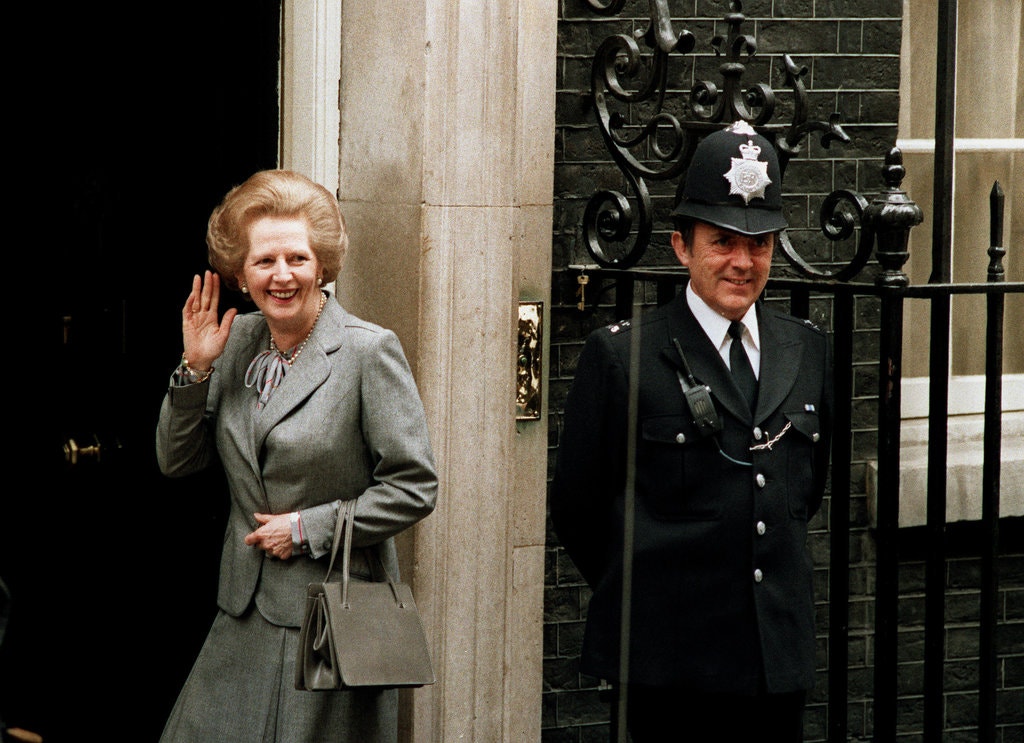

And it was the beginning of what will be four years in which everything Ms. Harris does matters. Obviously, what she wears is only a small part of it. But in her first-ness, in her ascent to the highest realms on power, she will become a model for what that means. How, as a woman, as a Black woman, you claim your seat at the highest table. Clothes are a part of that story. In some ways, they are how those at faraway tables connect to it.
Yes, what Mr. Biden wears matters, too. His aviators have become practically his doppelgänger; the blue tie he wore on Saturday night, representative both of his party and the blue skies to (they hope) come. Presidents have always used clothing as part of their political toolbox. John Kennedy distinguished himself from the generation that came before by opting for single-breasted suits instead of the more formal double-breasted styles favored by Roosevelt and Truman.
Barack Obama did the same by often abandoning the tie. George W. Bush wore his cowboy boots as a badge of origin and attitude. Donald Trump used his overly long, five-alarm-red ties to signal masculinity and send everyone down a master of the universe wormhole.
But what Ms. Harris wears, and will wear, could matter more. Why should we pretend otherwise?
(A website, WhatKamalaWore, has already sprung up to keep track.)
As Dominique and François Gaulme wrote in the 2012 book “Power & Style: A World History of Politics and Style,” clothing, from its earliest origins, was developed “to communicate, even more clearly than in writing, the social organizations and distribution of political power.”
And when the person possessed of that power is a pioneer, when she is defining a new kind of leadership, understanding those lines of communications and how to employ them is key. Not because she is a woman, but because she will be the first woman vice president.
Hillary Clinton came to understand this, over a career in which at first she seemed to dismiss fashion and then, as first lady, to resent it, before finally embracing it as a useful tool.
 Democrats in the House before the State of the Union address on Feb. 5, 2019.Credit…Erin Schaff for The New York Times
Democrats in the House before the State of the Union address on Feb. 5, 2019.Credit…Erin Schaff for The New York Times
It began when she joined Twitter in 2013 with a biographical note that included the descriptors “pantsuit aficionado” and “hair icon,” along with “FLOTUS,” and “SecState.” When she started her Instagram account in 2015, her first post was a photo of a clothing rail with an assortment of red, white and blue jackets and the caption, “Hard choices.” During an Al Smith dinner before the 2016 election, she joked that she liked to refer to tuxedos as “formal pantsuits.” She weaponized her clothing as necessary.
This is an option of which Ms. Harris herself is well aware. She has embraced the political pantsuit tradition presaged in 1874 at the first National Convention of the Dress Reform League, when, as reported in The New York Times, one attendee declared: “This reform means trousers. They are freedom to us, and they afford us protection! Trousers are coming.” But she did not partake in the Crayola-colored pantsuit tradition of the generation before: Hillary Clinton and Angela Merkel.

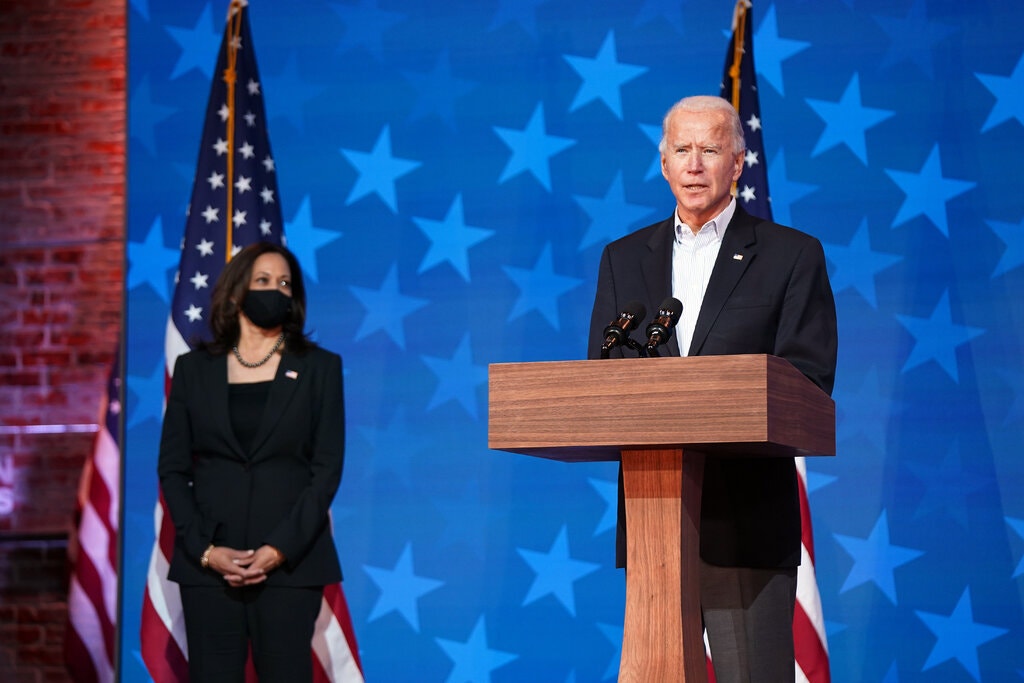
Though Ms. Harris has been lauded for her love of Converse (and talked about her Chuck Taylors more than any other item of clothing), and for her Timberlands, when it comes to professional situations, she has usually favored a uniform of dark colors — black, navy, burgundy, maroon, gray — with matching shell blouses, pumps and pearls. Those were the suits she wore at the Democratic National Convention and at the debates.
Often they were by New York designers (Prabal Gurung, Joseph Altuzarra), but they never looked overly fashion. They looked serious, prepared, no-nonsense. She even wore a black suit to the 2019 State of the Union, when many of her fellow congresswomen had banded together to wear white.
So her choice, this time, to finally join that tradition could not have been an accident. (Her two young grand-nieces, one of whom had recently featured in a YouTube video talking about her desire to be president, also wore white.) It was deliberate. Not to credit that is to give her less credit than she is due.
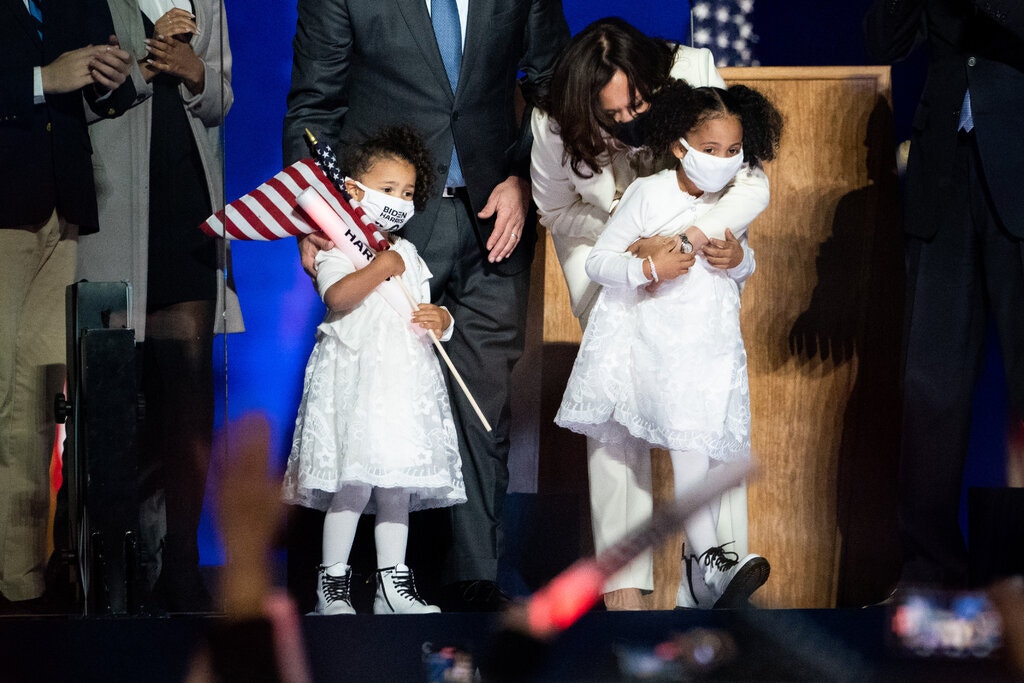 Vice President-elect Kamala Harris and her grand-nieces celebrate after she spoke at the Chase Center.Credit…Erin Schaff/The New York Times
Vice President-elect Kamala Harris and her grand-nieces celebrate after she spoke at the Chase Center.Credit…Erin Schaff/The New York Times
Perhaps, rather, it is a signal of what to expect. That she will go on as she has, with practical, elegant suits that don’t get in the way of her day or require much response from the peanut gallery. (We, in turn, can get back to Kimye.) That the details — the pearls, the pumps, the sneakers — will matter. And that then, every once in a while and when the situation and theater calls for it, she will deploy a sartorial surgical strike that hits everyone where it counts.
Through the Window
 The first photograph taken by NIEPCE around 1826-1827. View from the place where he took it.
The first photograph taken by NIEPCE around 1826-1827. View from the place where he took it.
 USA. New York City. 1959. Sammy DAVIS Jr. looks out a Manhattan window.
USA. New York City. 1959. Sammy DAVIS Jr. looks out a Manhattan window.
 The Midlands, 1964.
The Midlands, 1964.
New housing development.
 CANADA. Lambton County, Ontario. 1974.
CANADA. Lambton County, Ontario. 1974.
 USA. New York City. 1976. Windows on the World owner Joe Baum, silhouetted against view from the restaurant.
USA. New York City. 1976. Windows on the World owner Joe Baum, silhouetted against view from the restaurant.
 Mali. Town of Gao. 1988.
Mali. Town of Gao. 1988.
Terrace of a local hotel.
 USA. Detroit, Michigan. 1988. A state school for orphans.
USA. Detroit, Michigan. 1988. A state school for orphans.
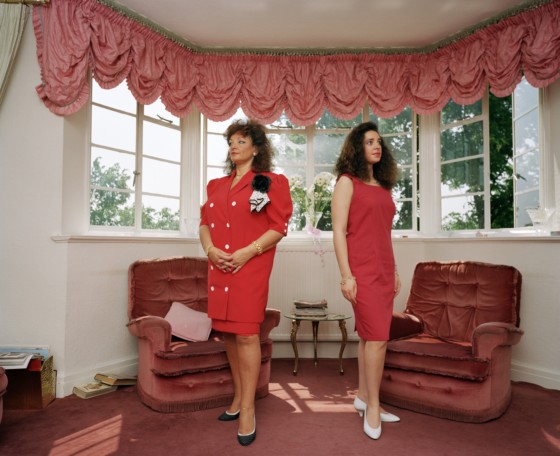 GB. England. ‘I don’t think it’s anything particularly forced on Deborah. We’ve just always enjoyed the same sort of things.’ From ‘Signs of the Times’. 1991.
GB. England. ‘I don’t think it’s anything particularly forced on Deborah. We’ve just always enjoyed the same sort of things.’ From ‘Signs of the Times’. 1991.
 USA. Brooklyn, NY. 2009. Marion on bed.
USA. Brooklyn, NY. 2009. Marion on bed.
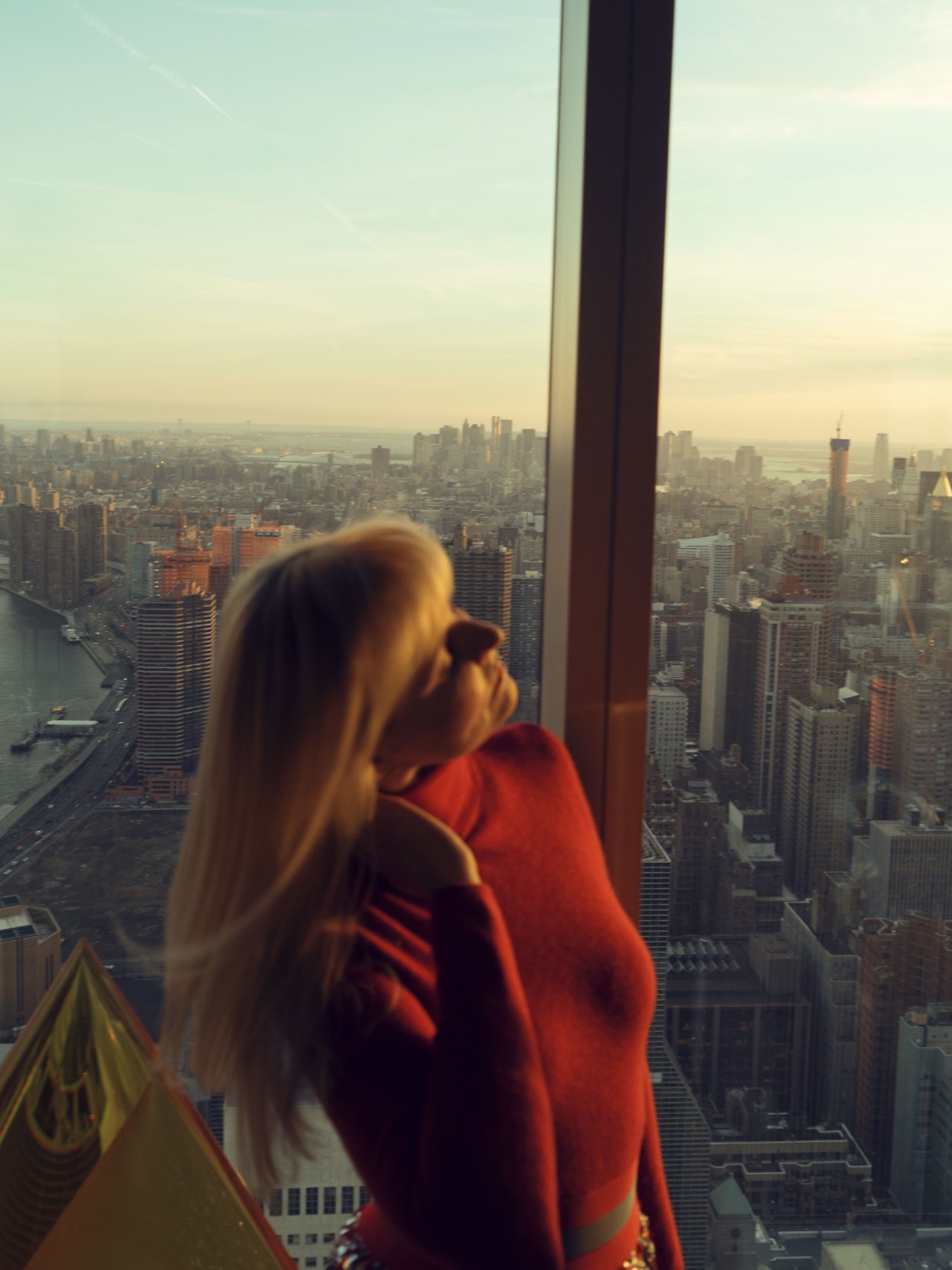 USA. NYC. 2016. Tatyana Enkin and Warren Estis at their home on the 86th floor of the Trump Tower at United Nations Plaza
USA. NYC. 2016. Tatyana Enkin and Warren Estis at their home on the 86th floor of the Trump Tower at United Nations Plaza
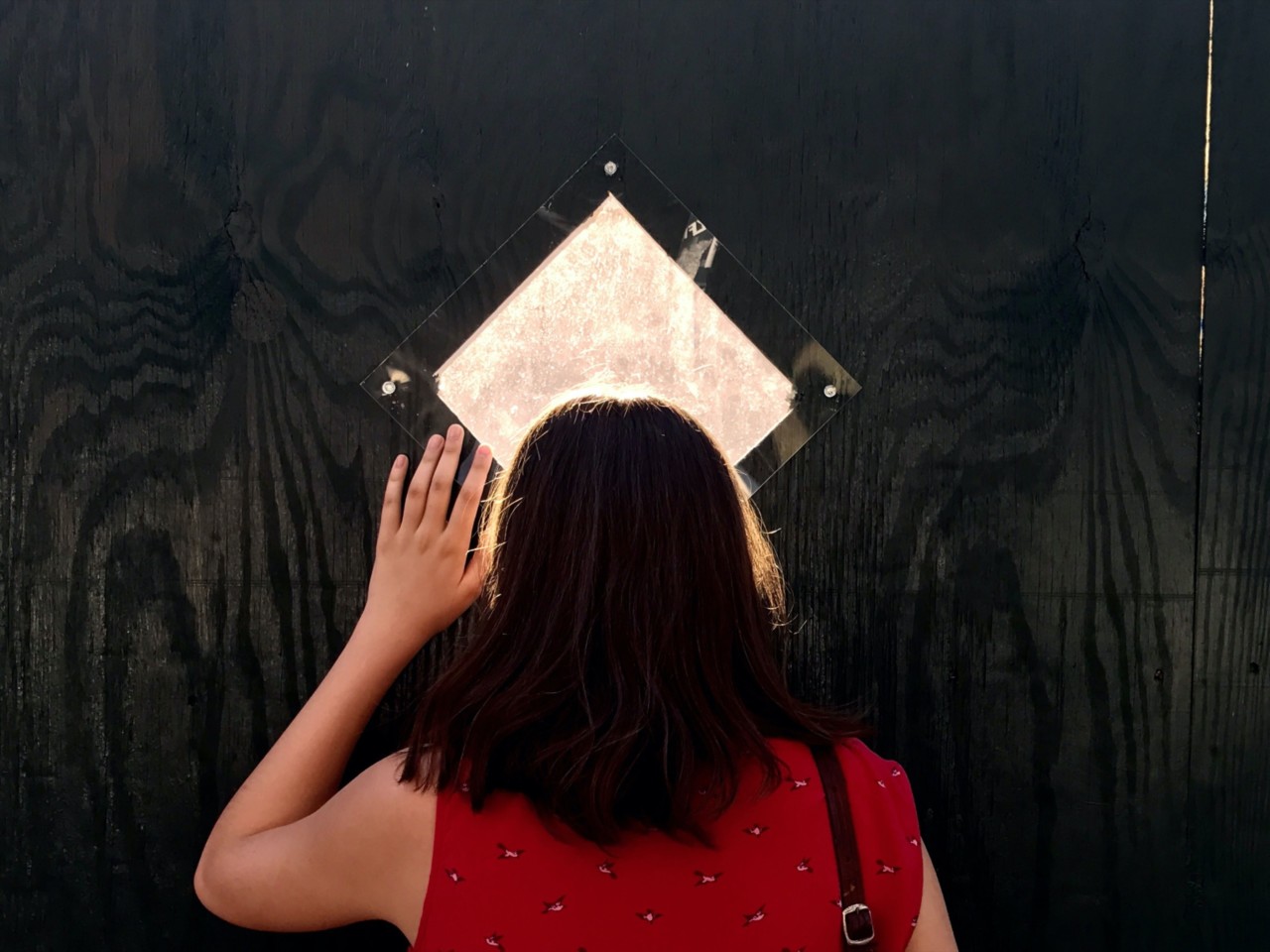 USA. NYC. June 21st, 2017.
USA. NYC. June 21st, 2017.
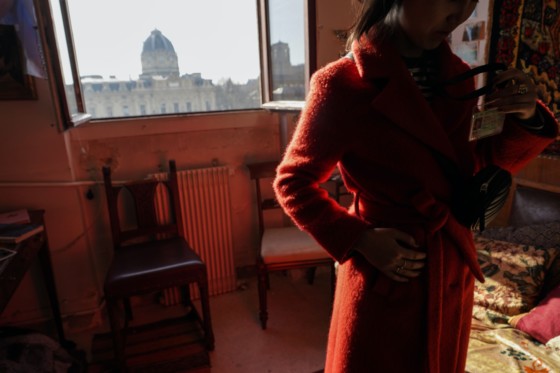 FRANCE. Paris. 2019. DAU cinematic project.
FRANCE. Paris. 2019. DAU cinematic project.



 An anti-abortion protest “National March for Life,” demanding a ban on abortions, in Bratislava, Slovakia on September 2019.
An anti-abortion protest “National March for Life,” demanding a ban on abortions, in Bratislava, Slovakia on September 2019.